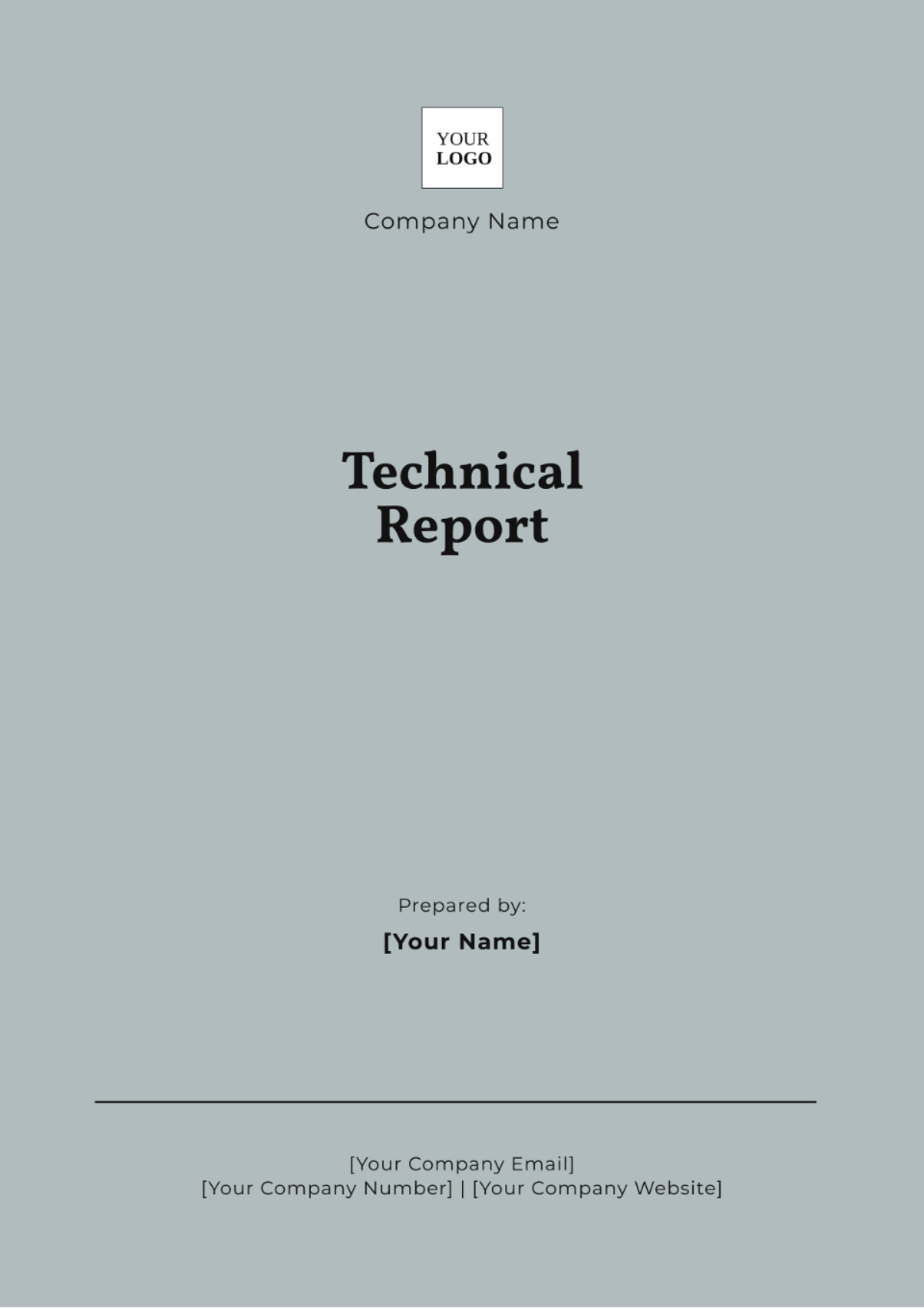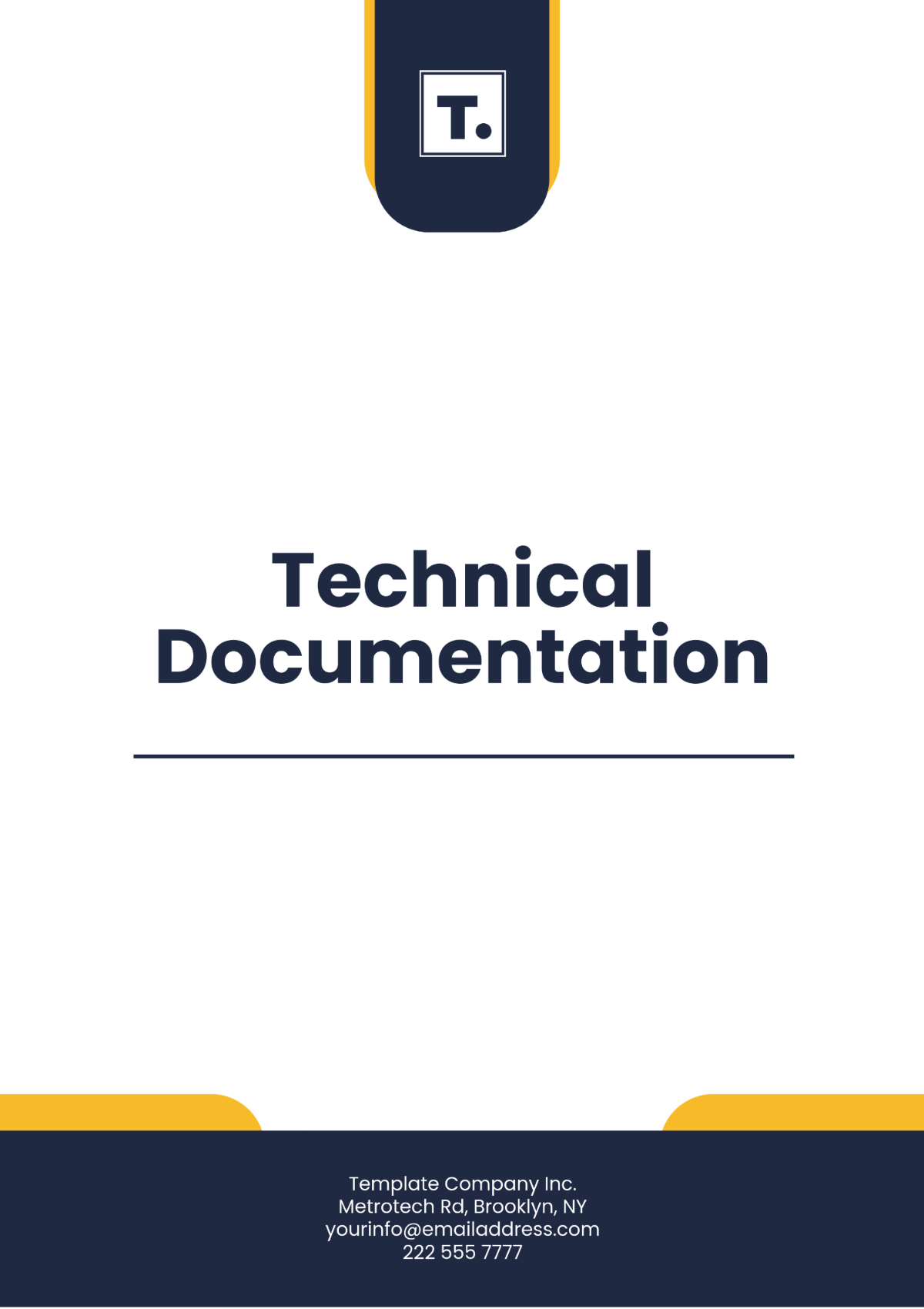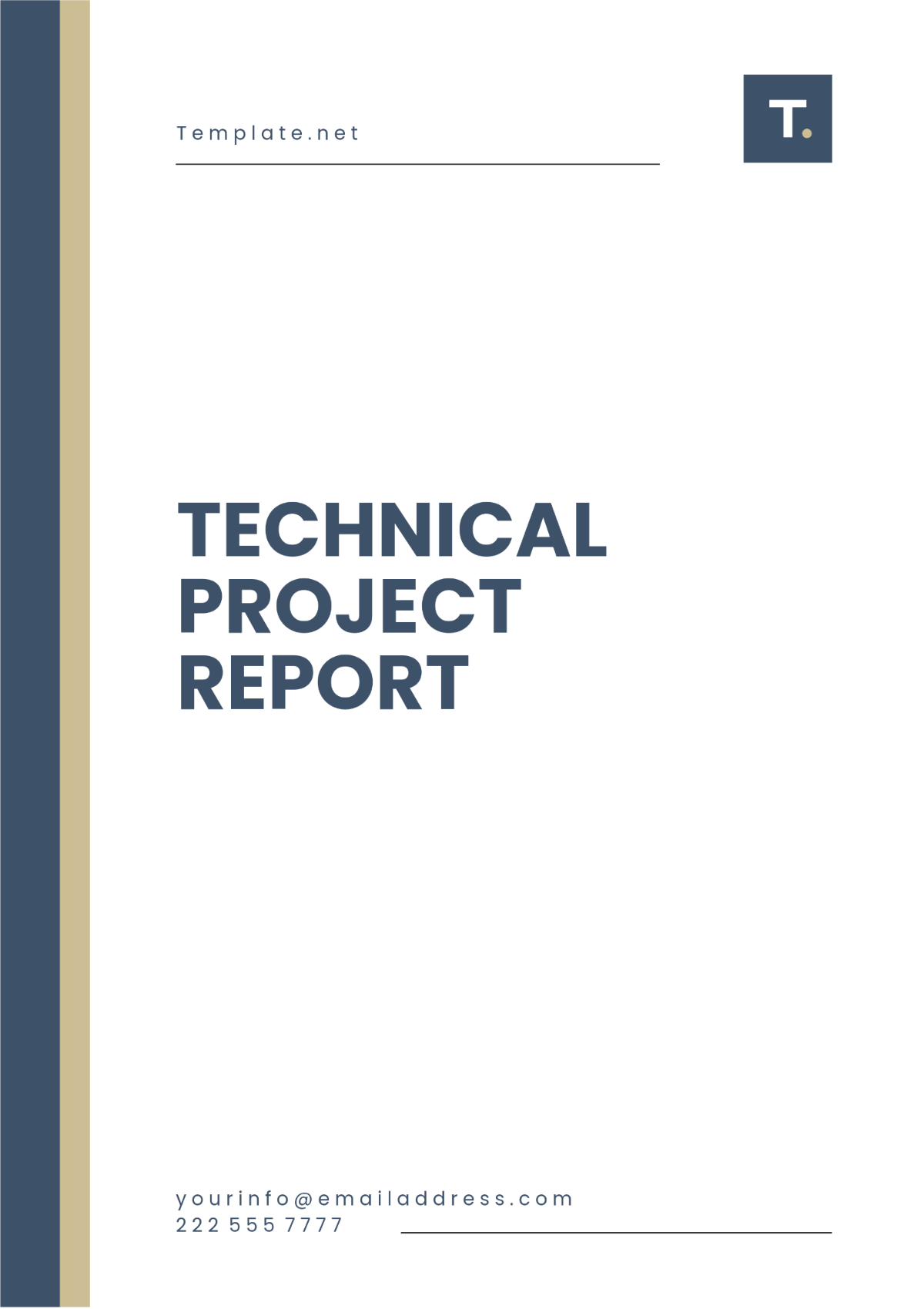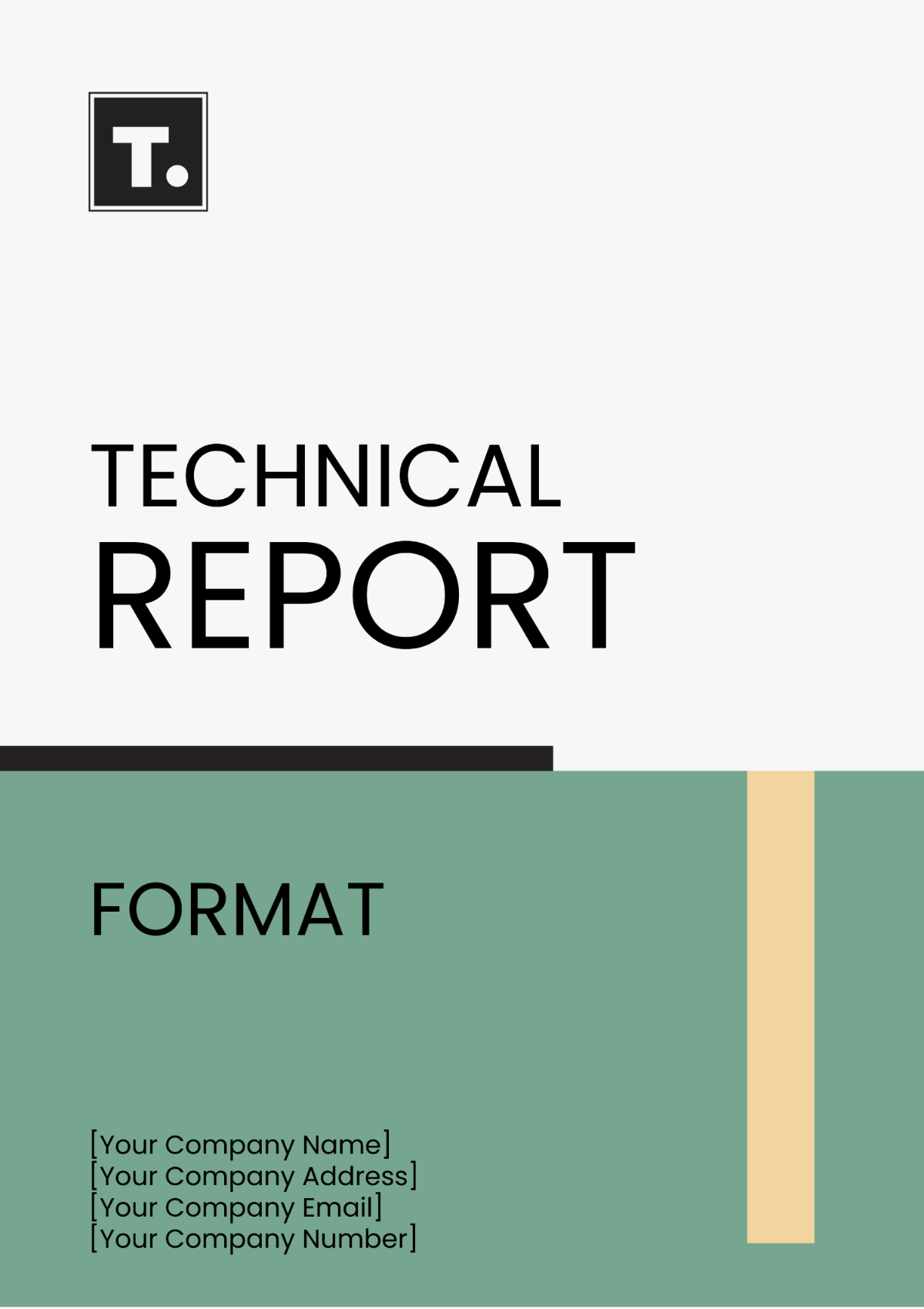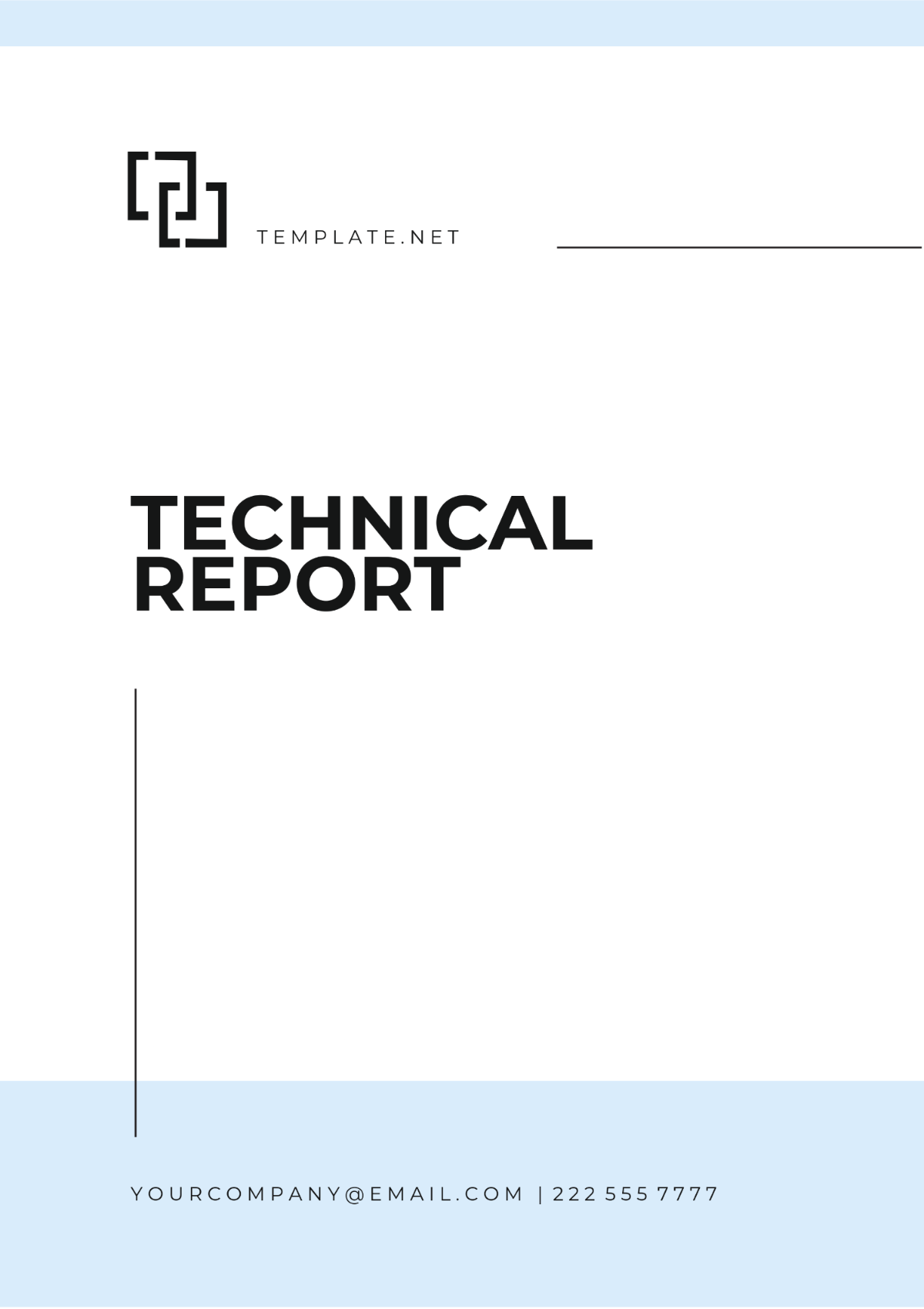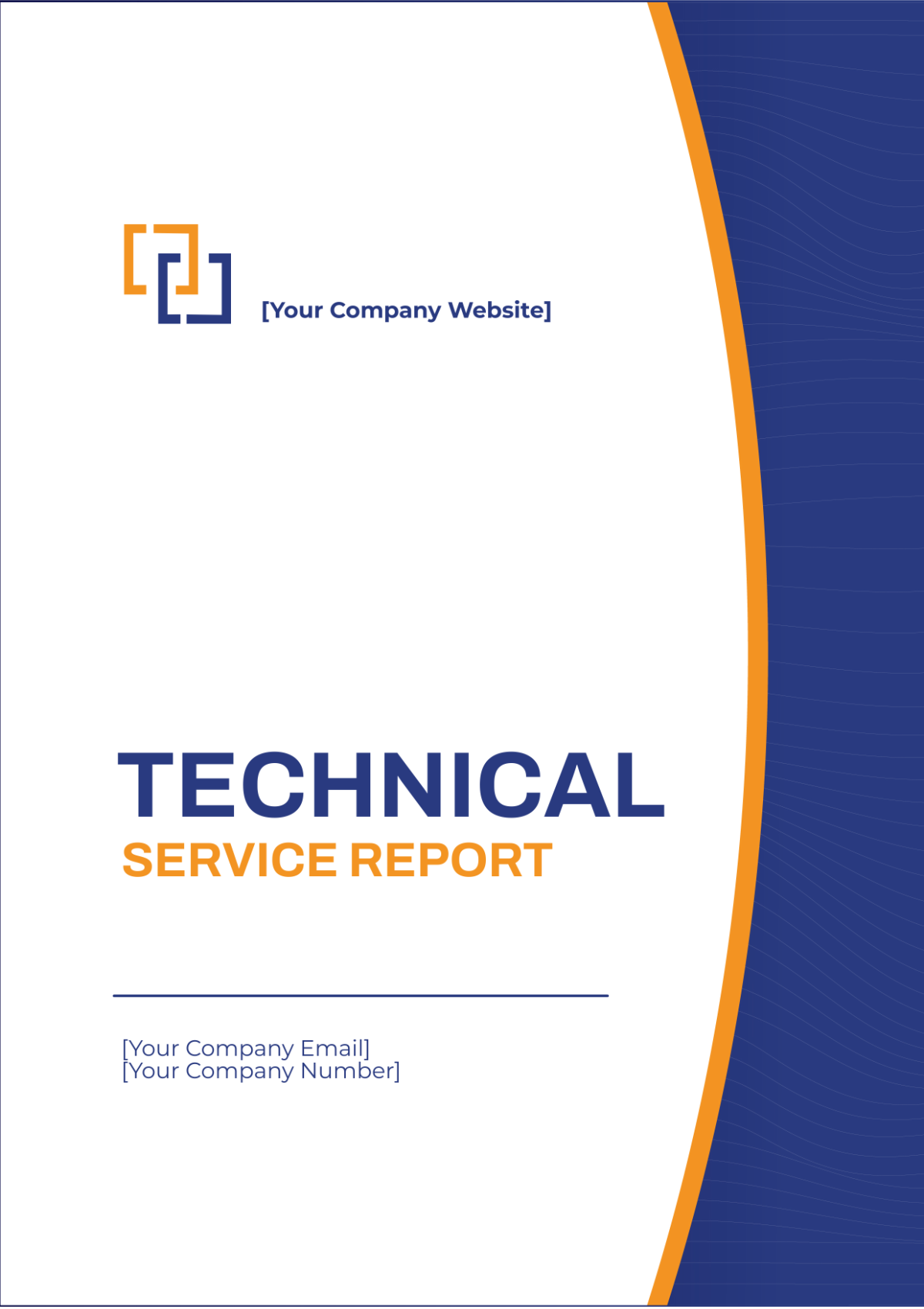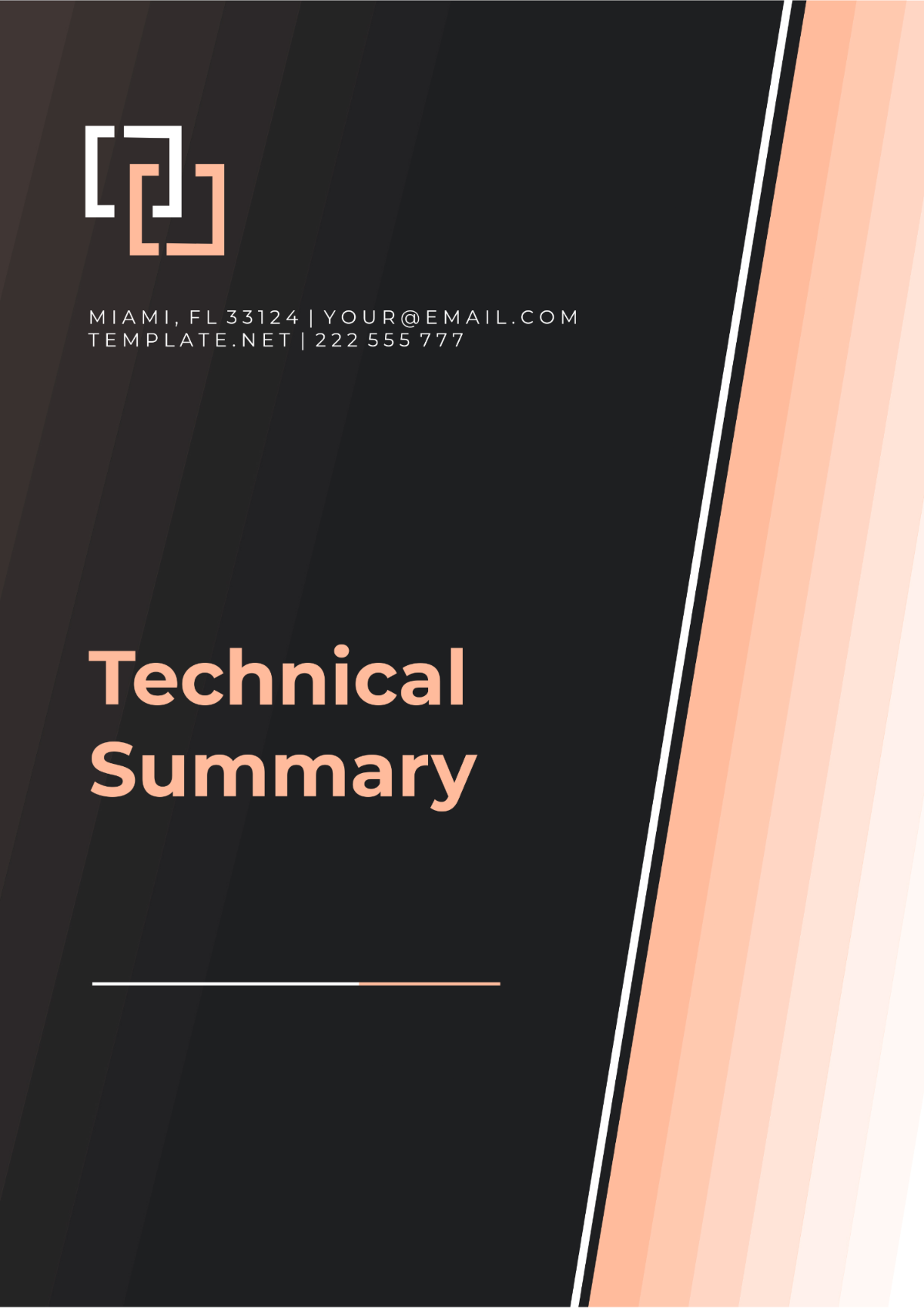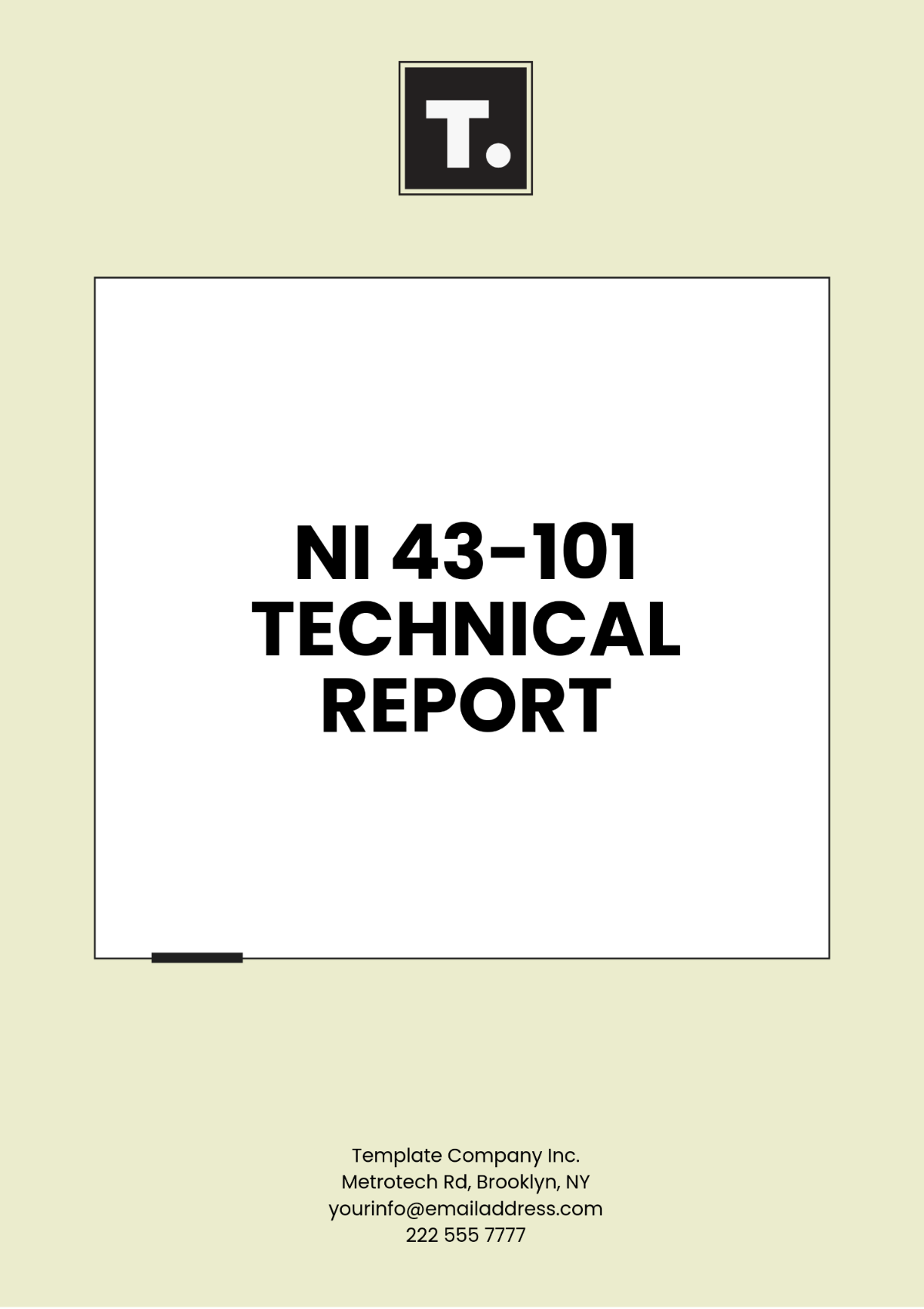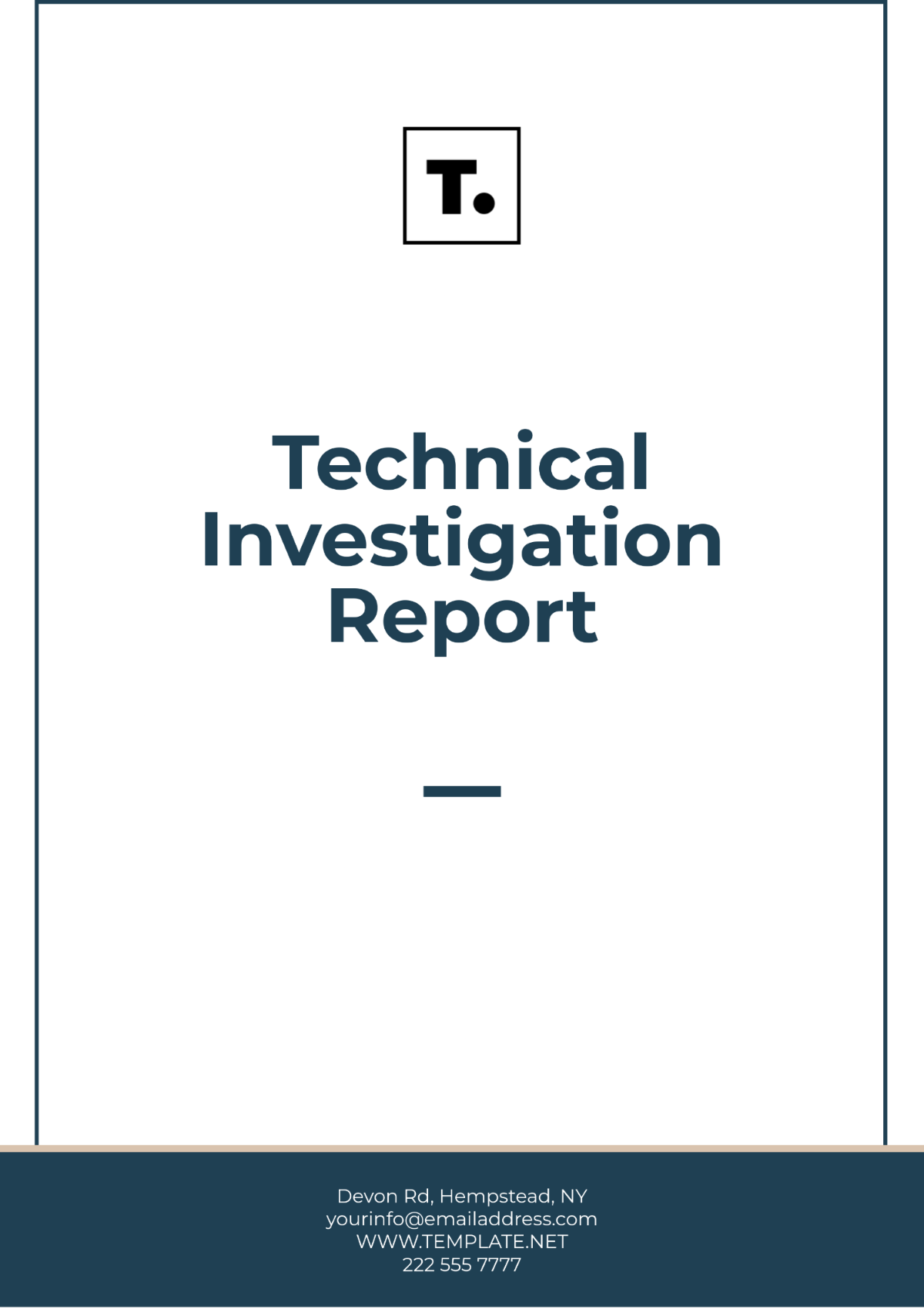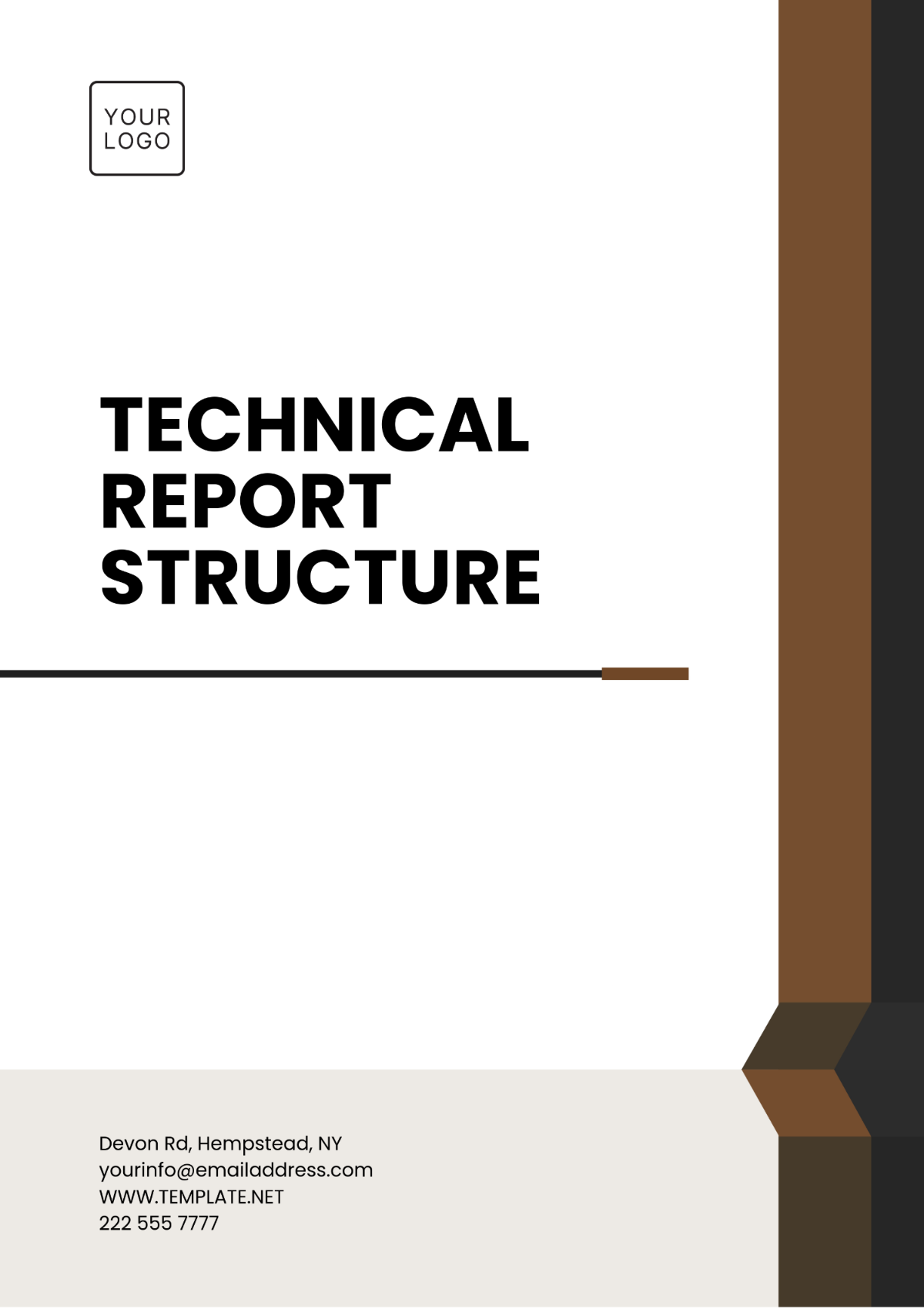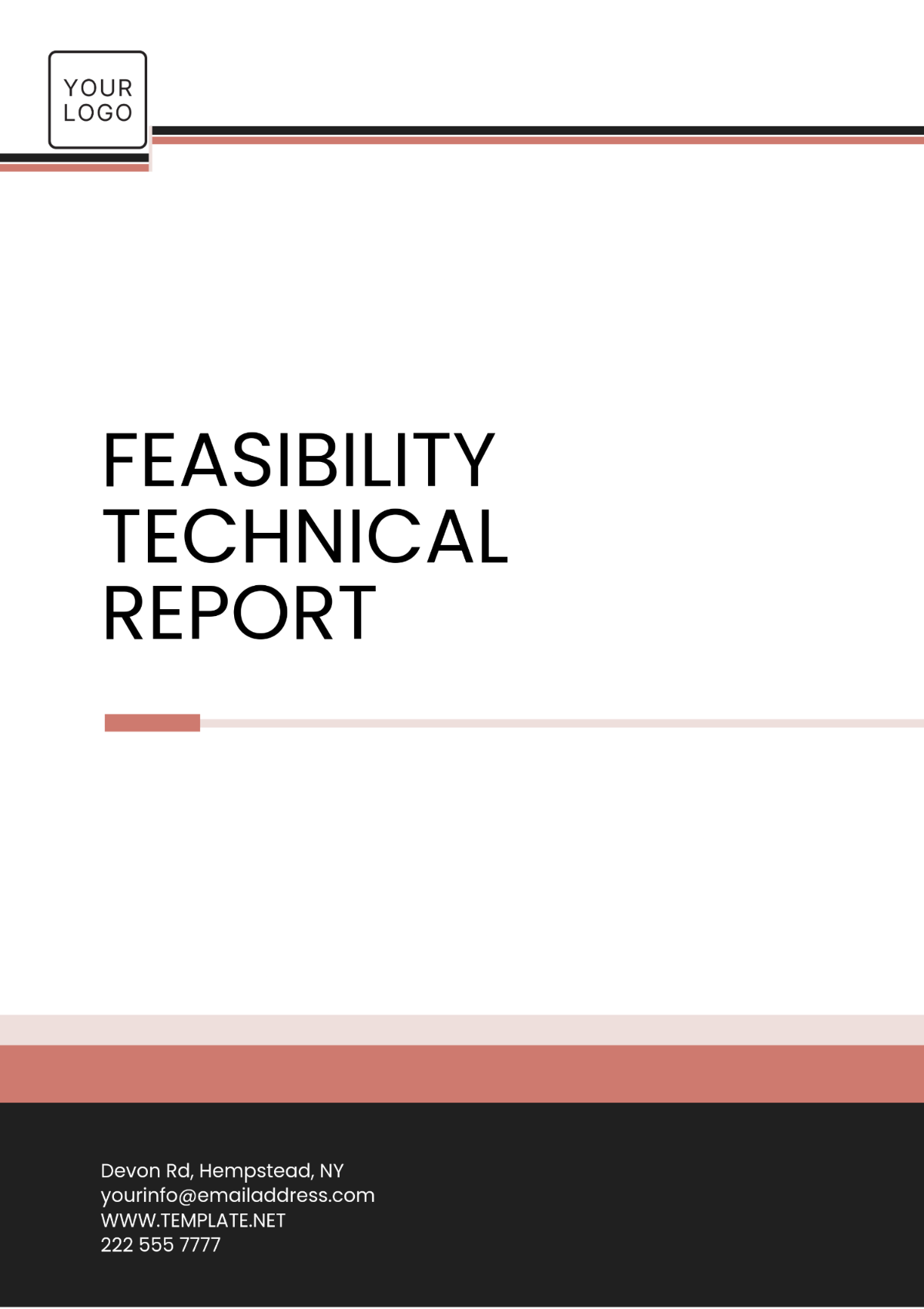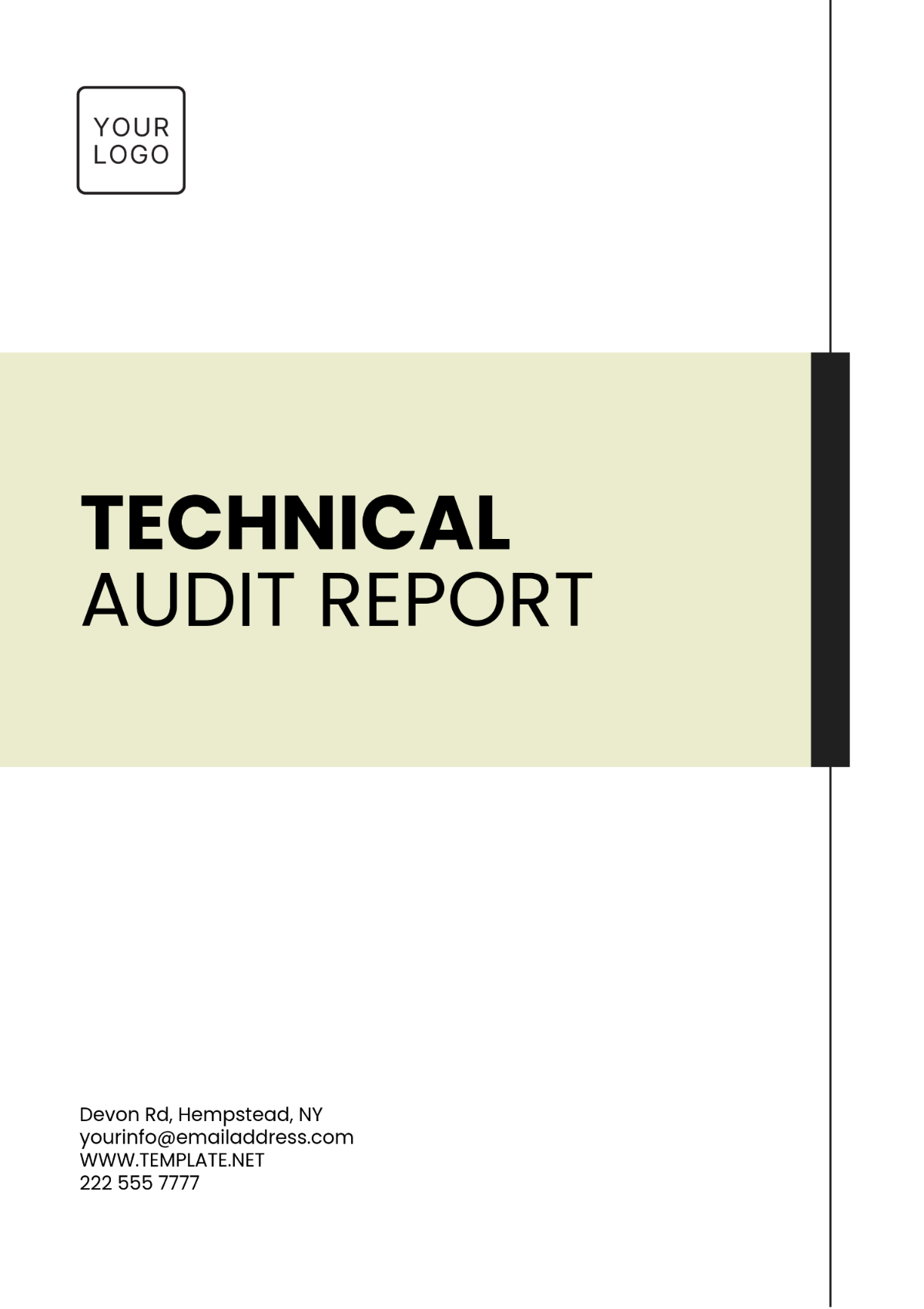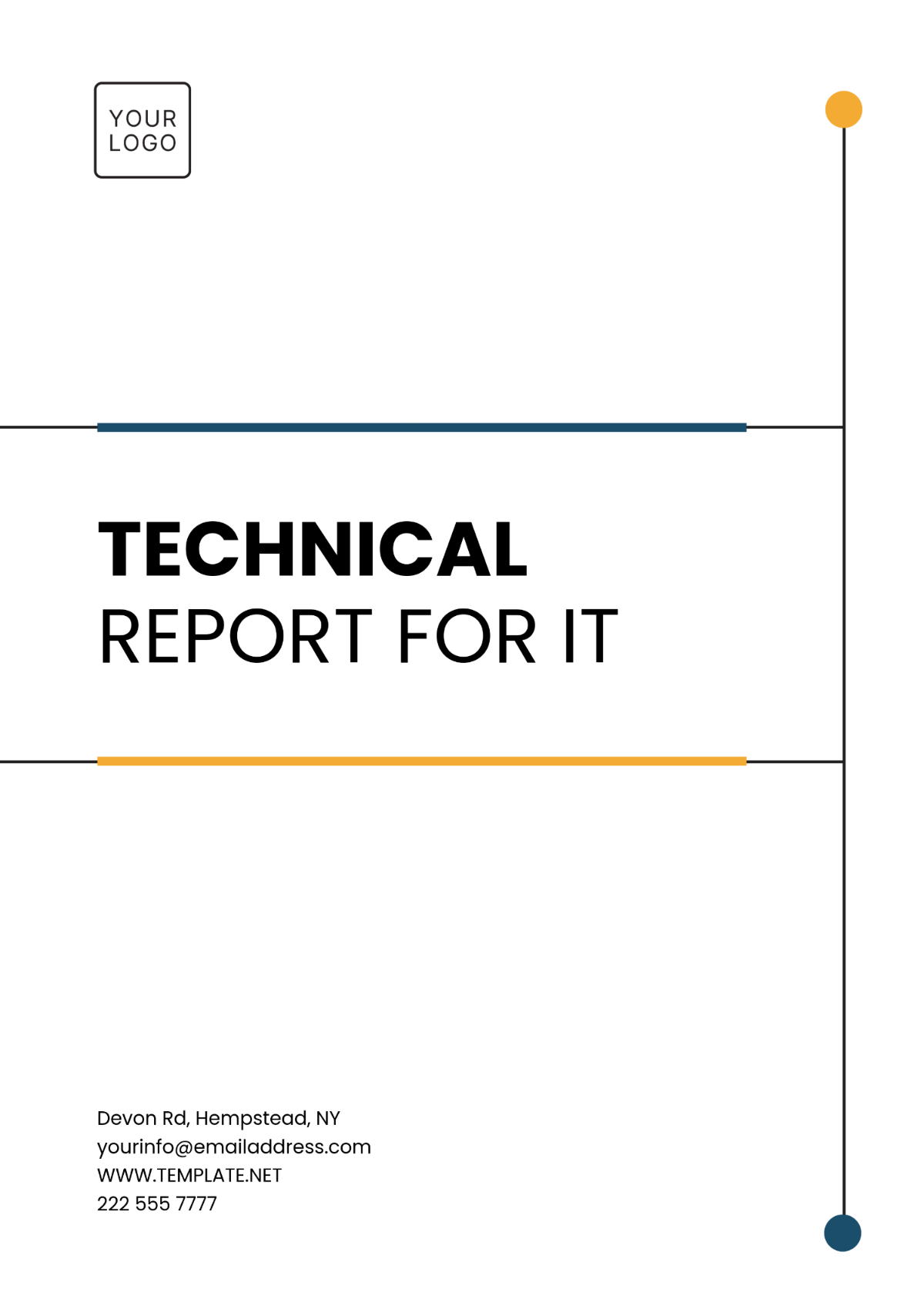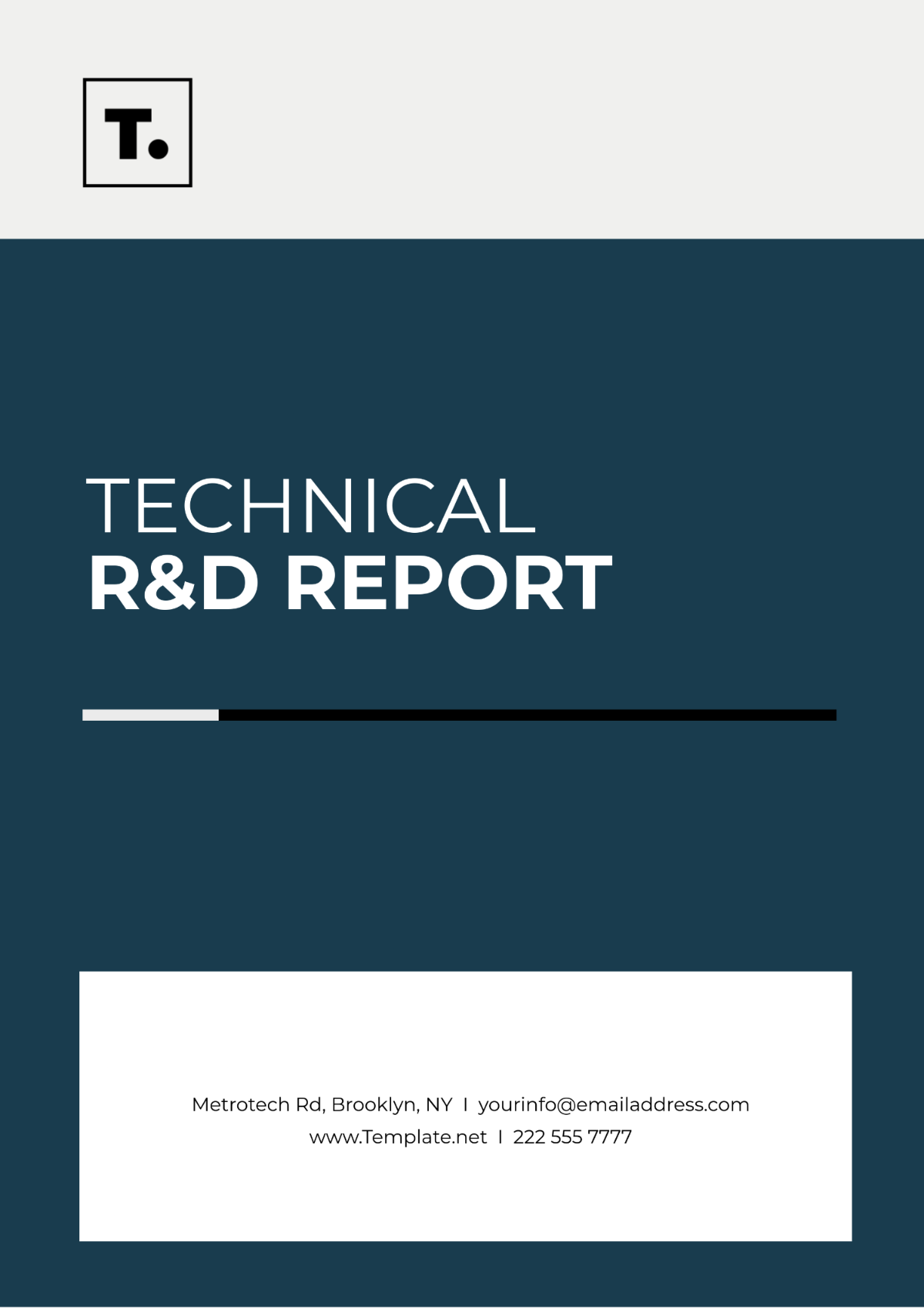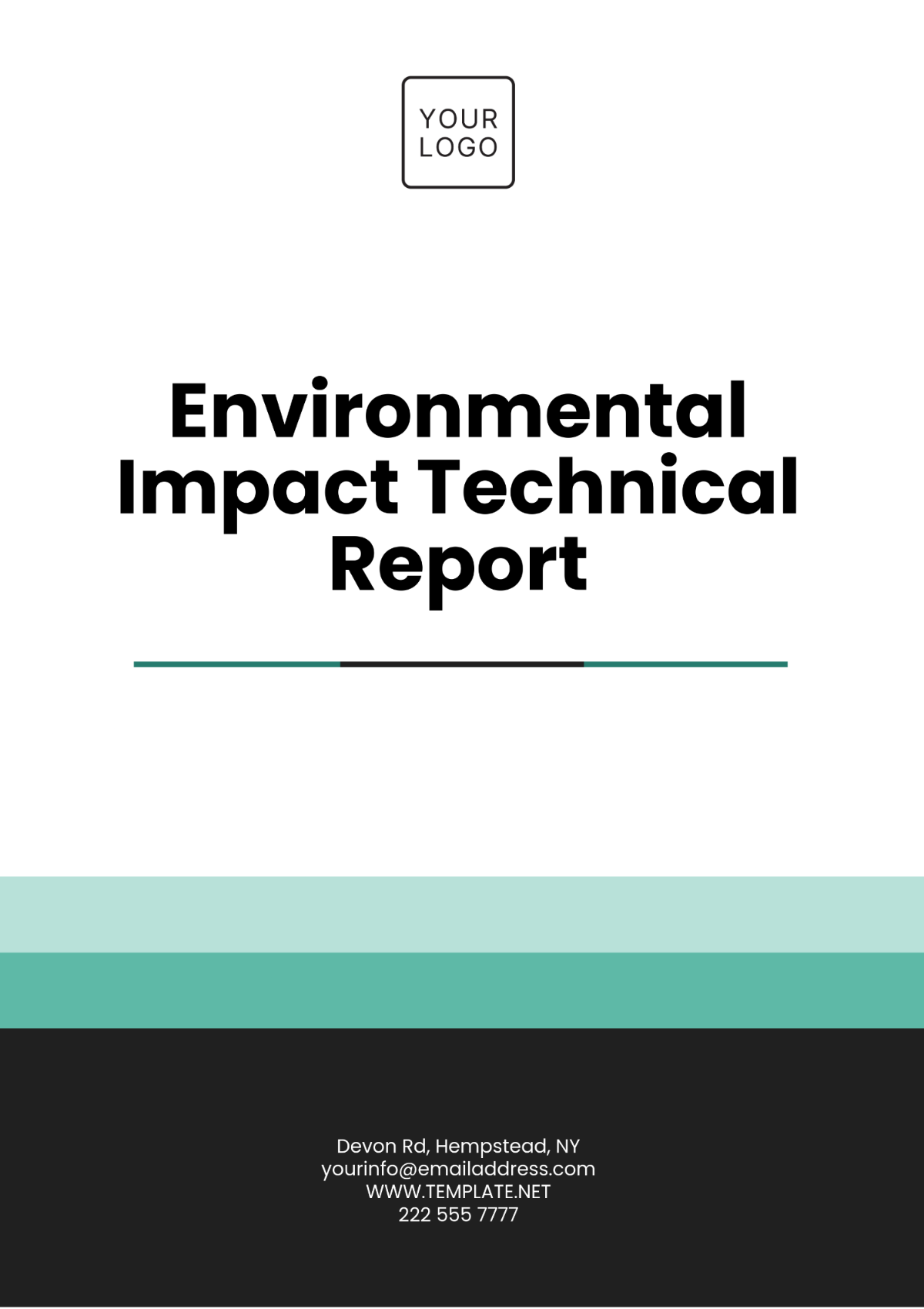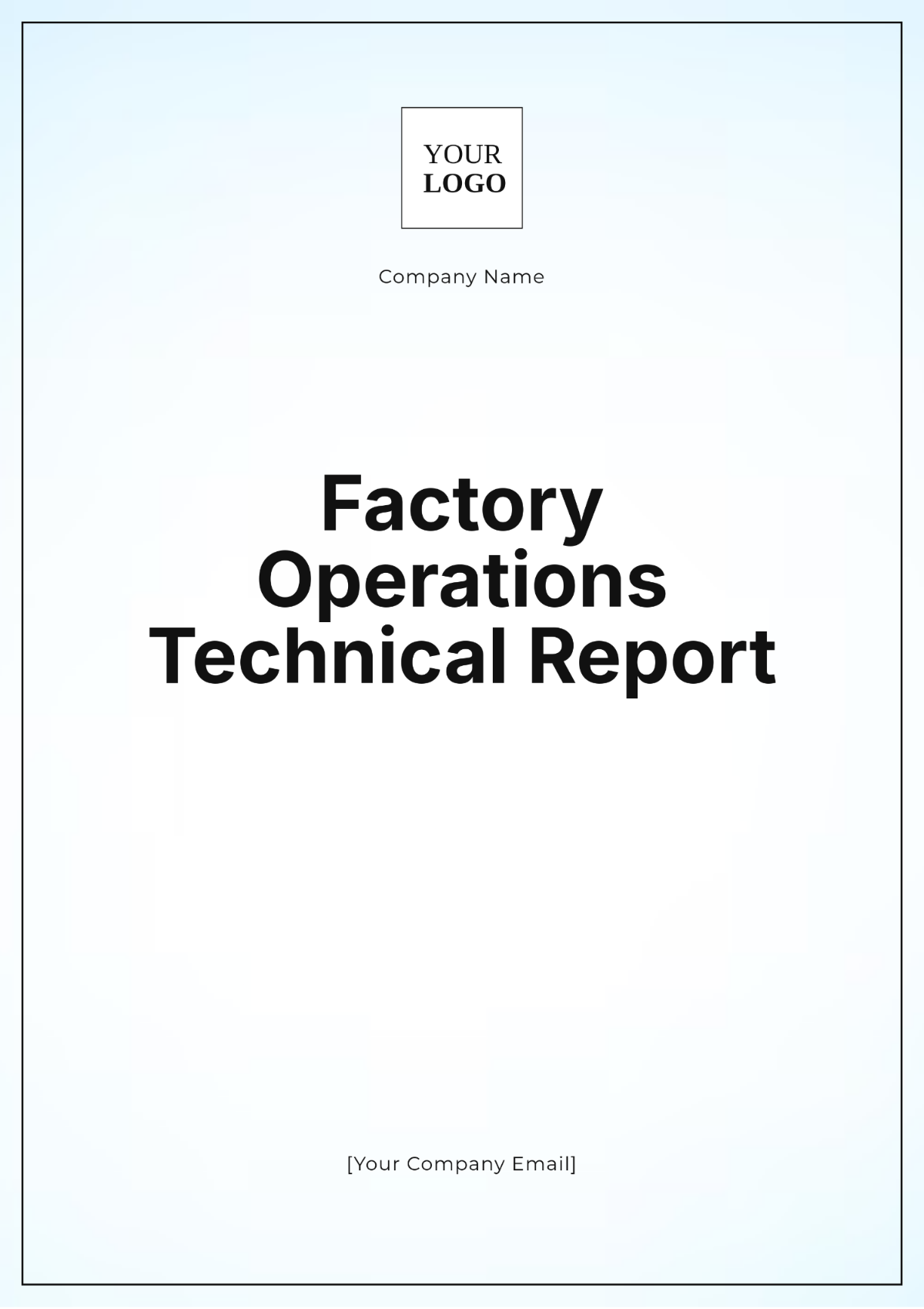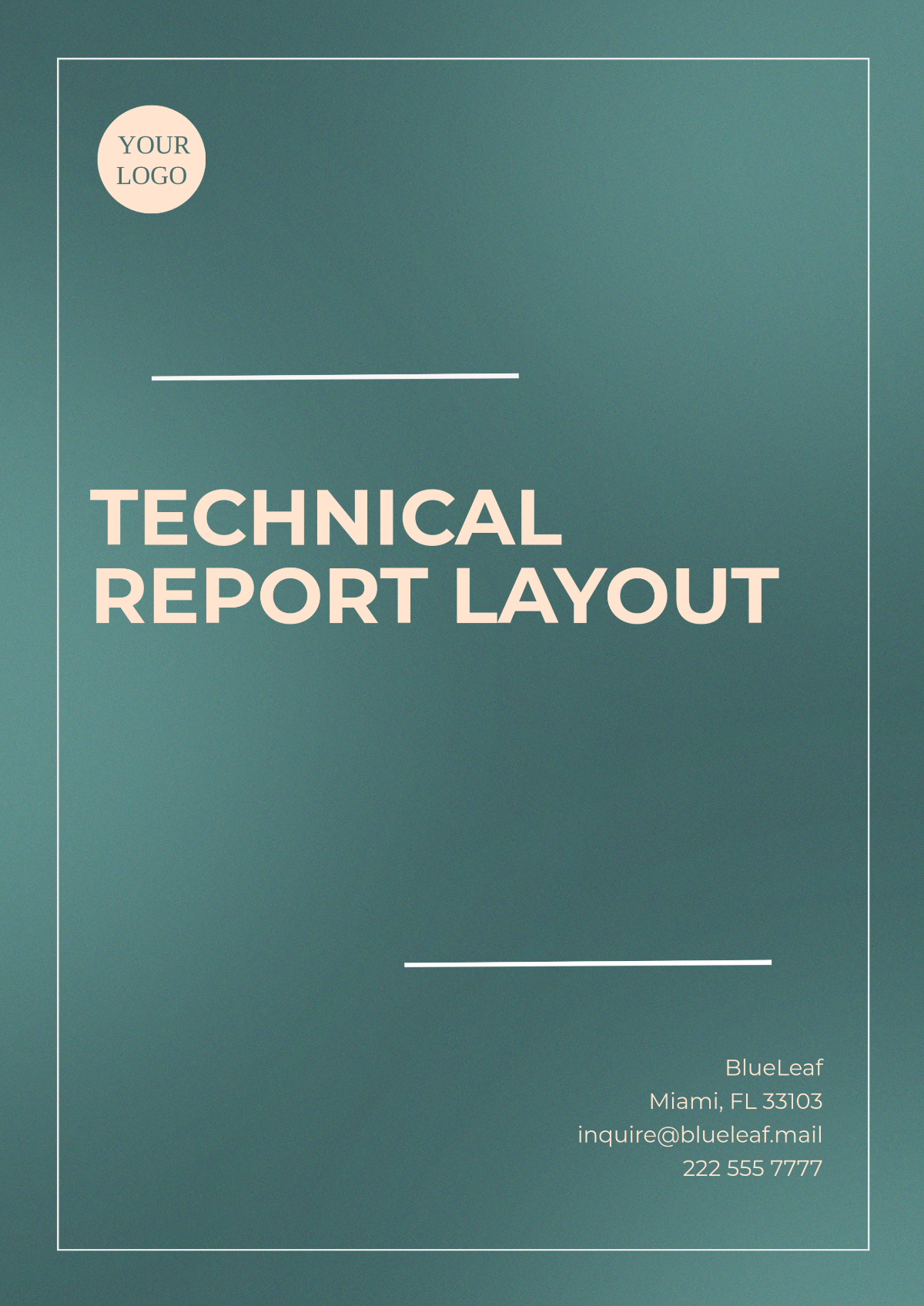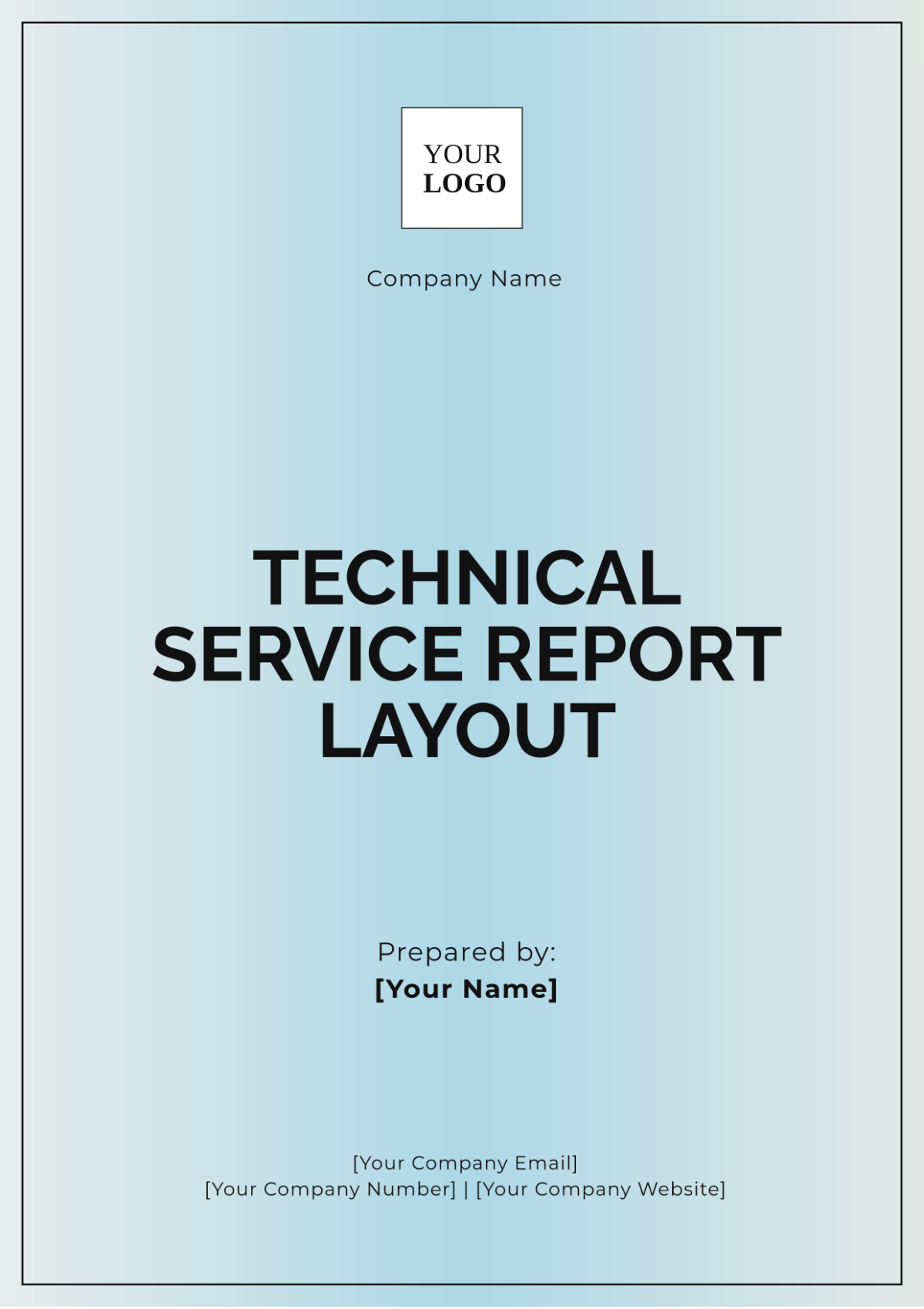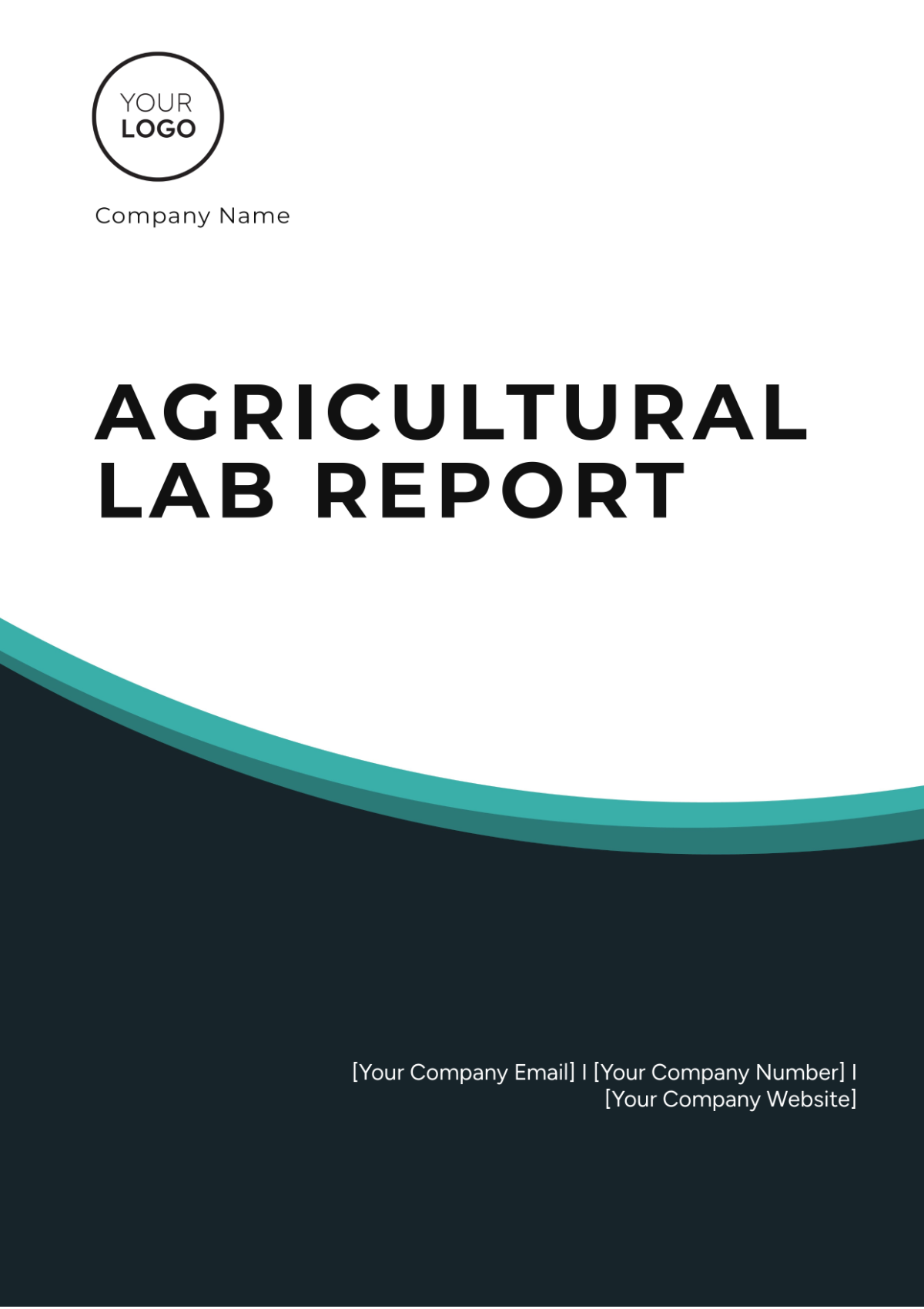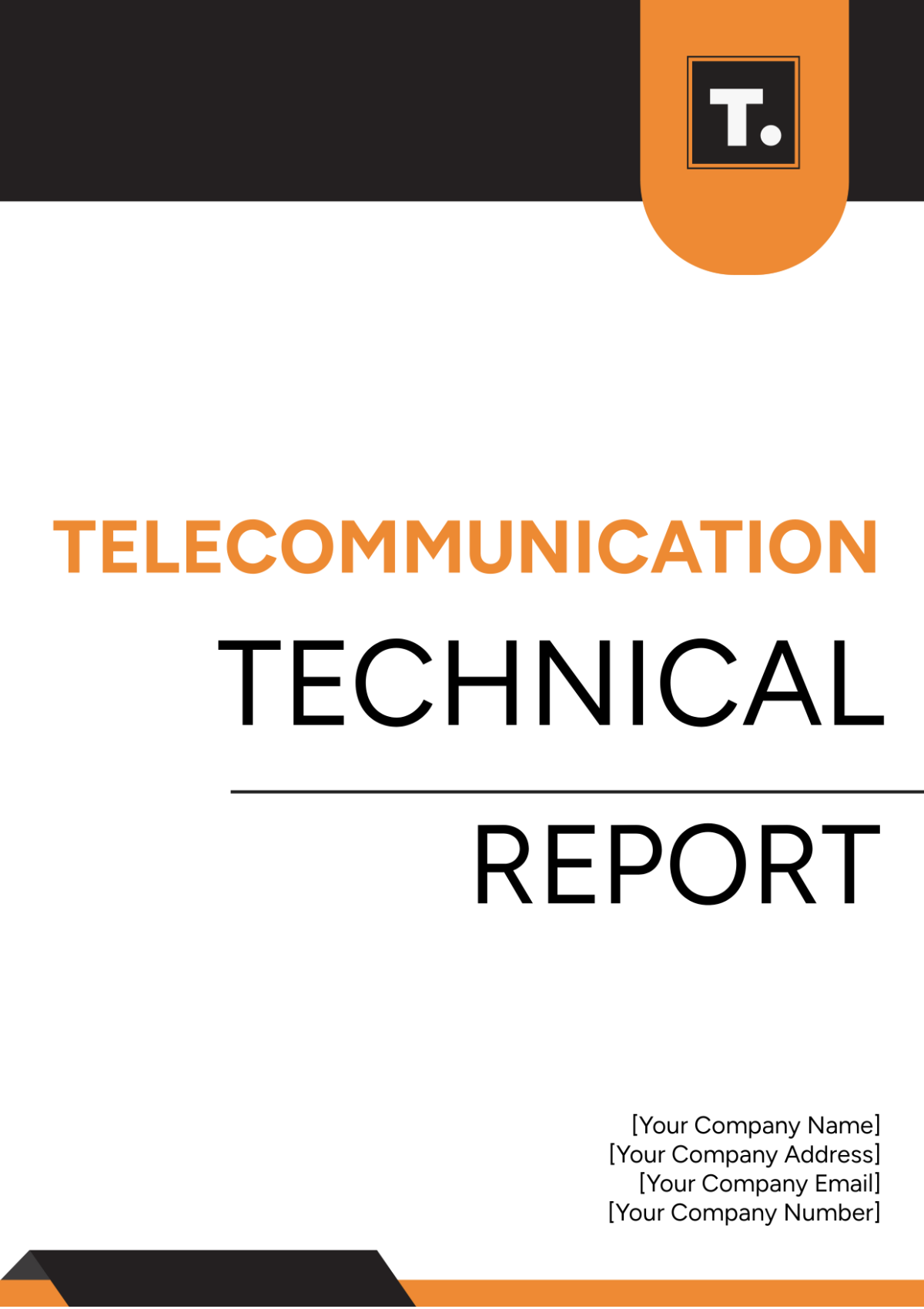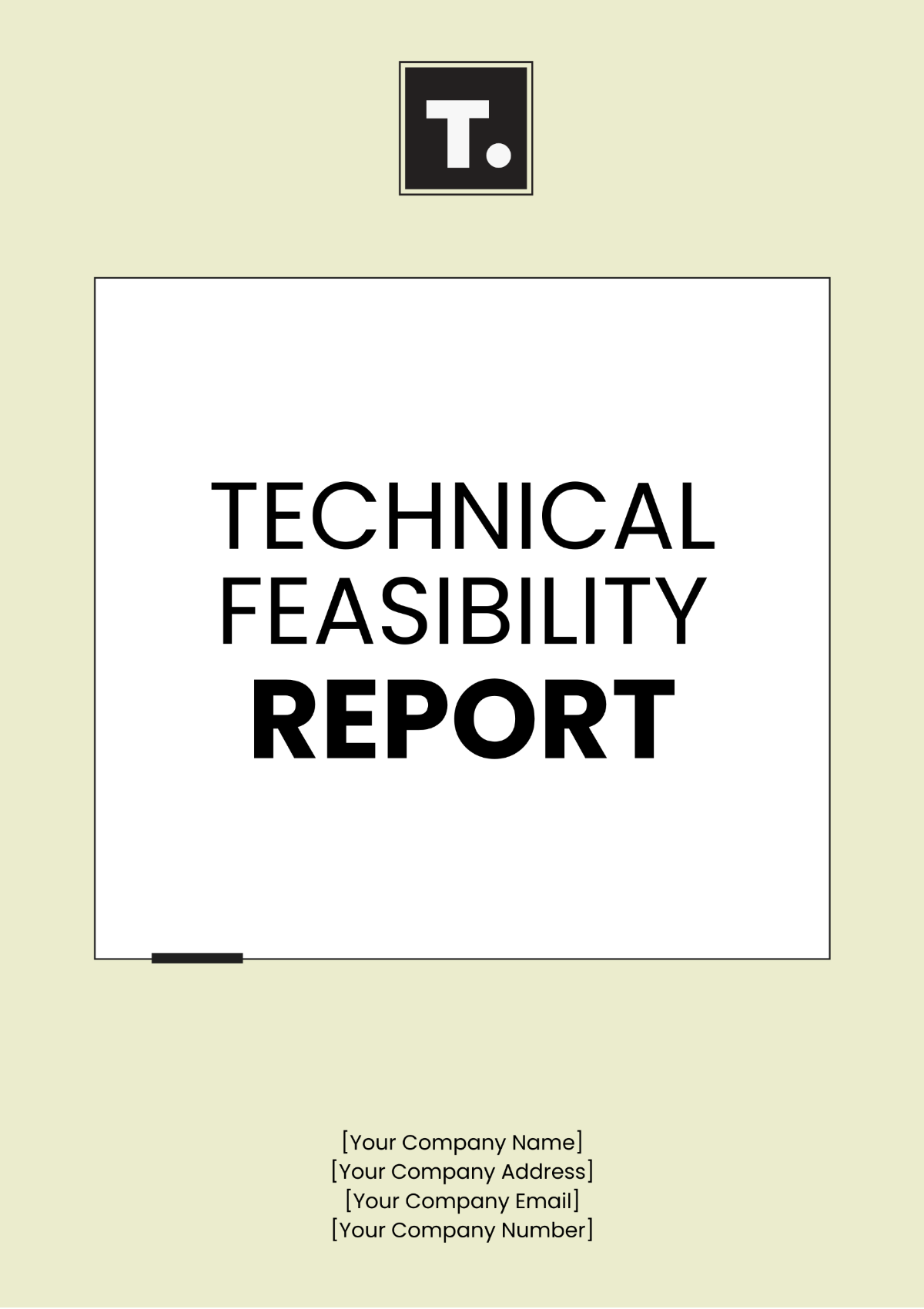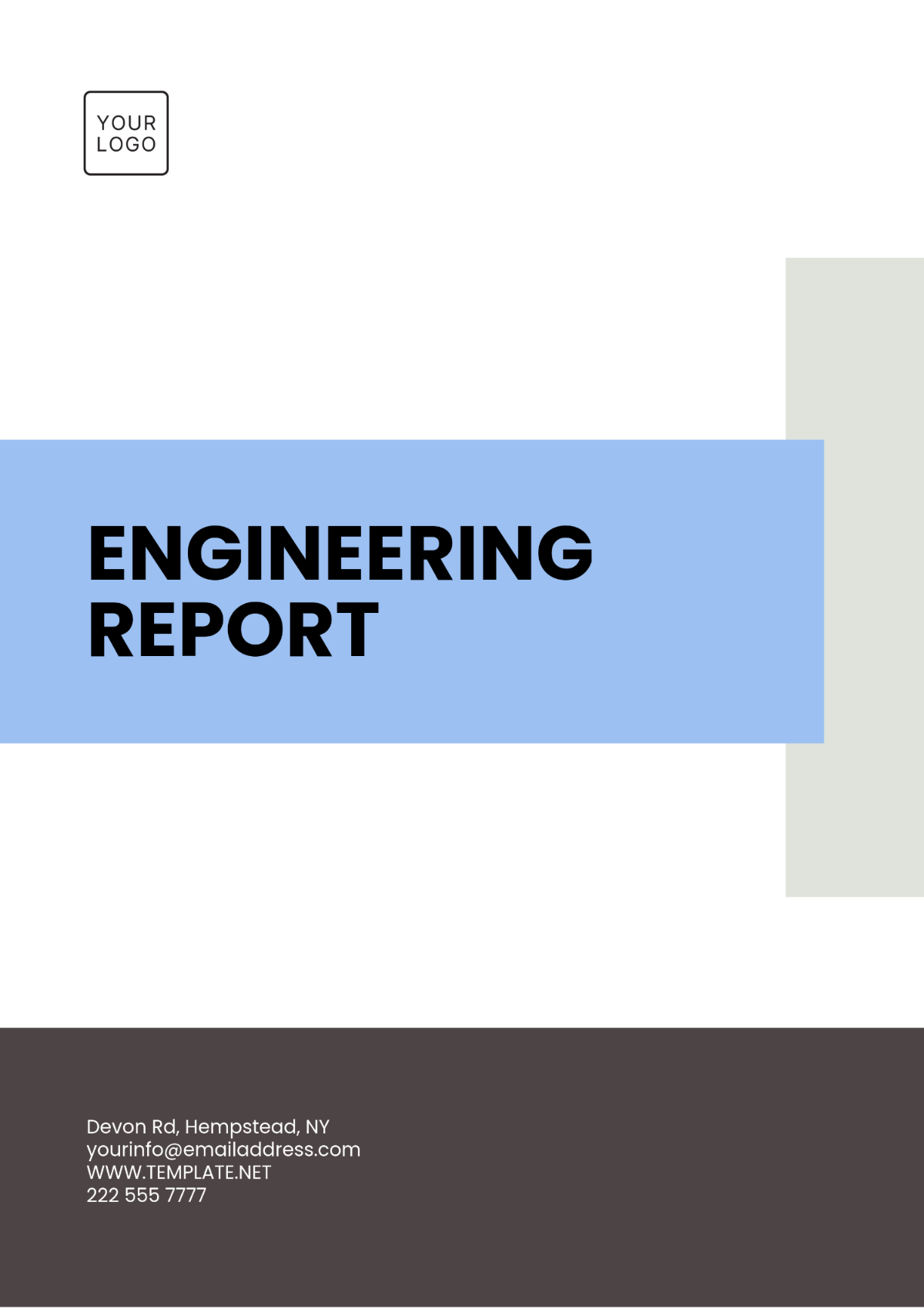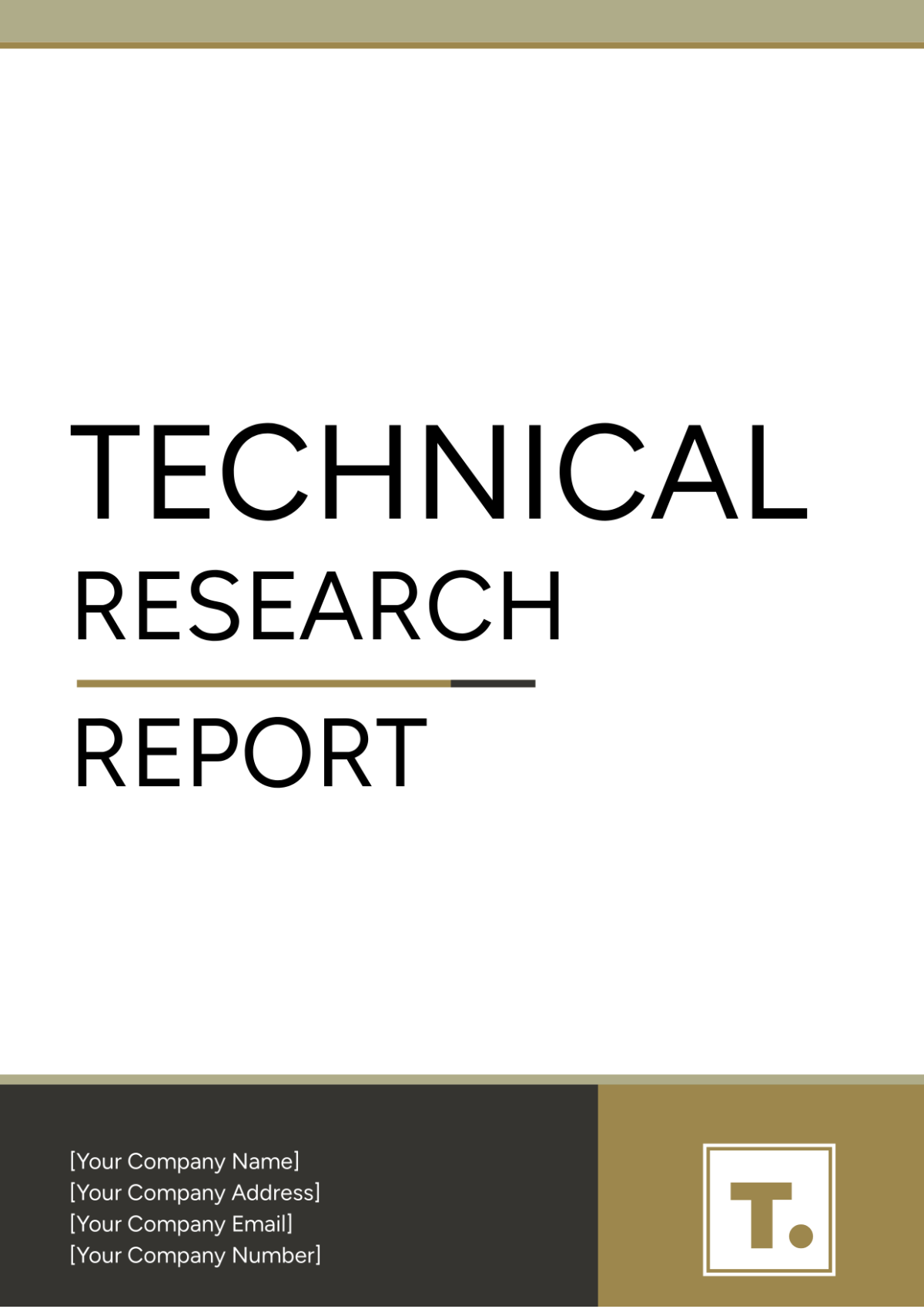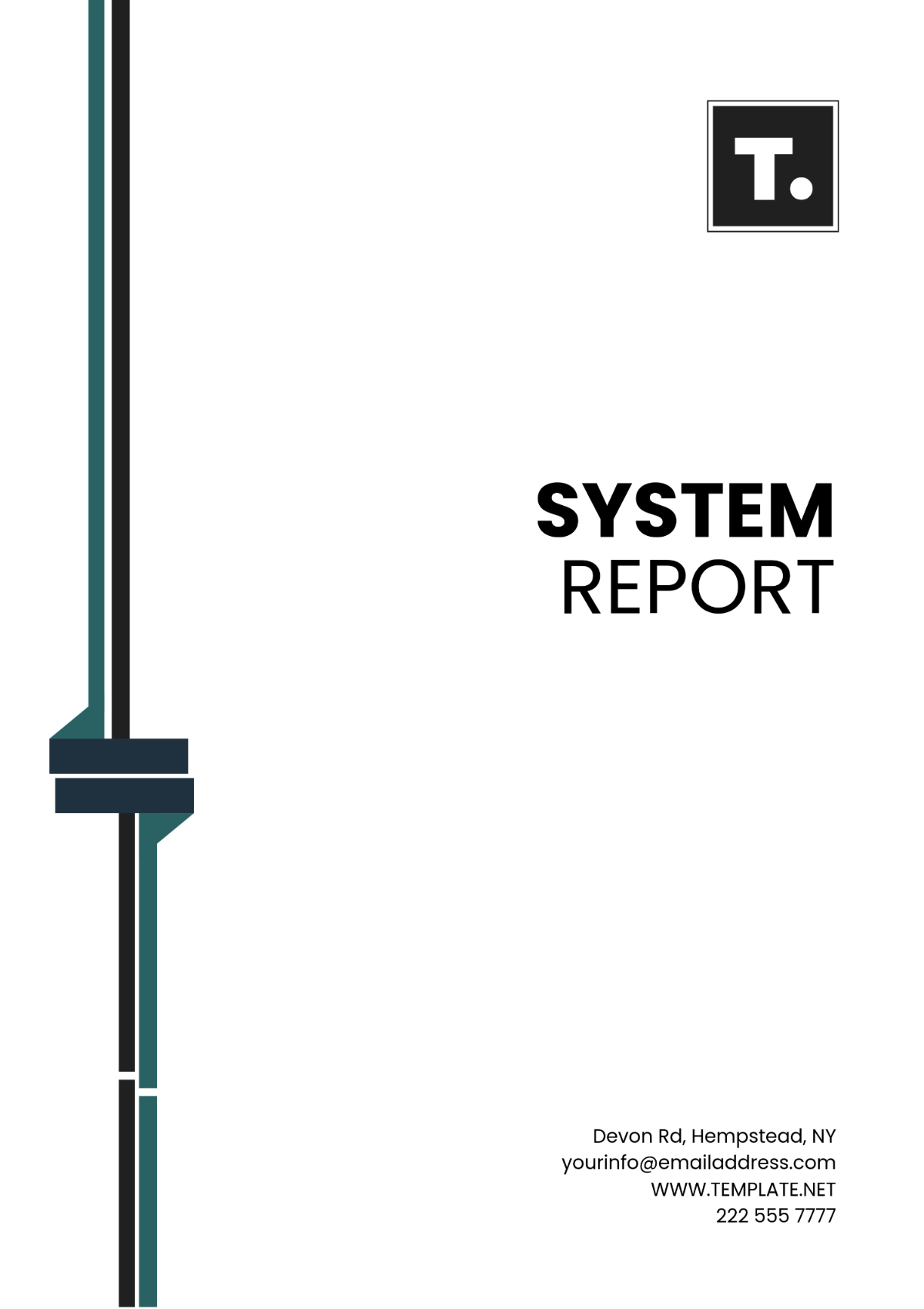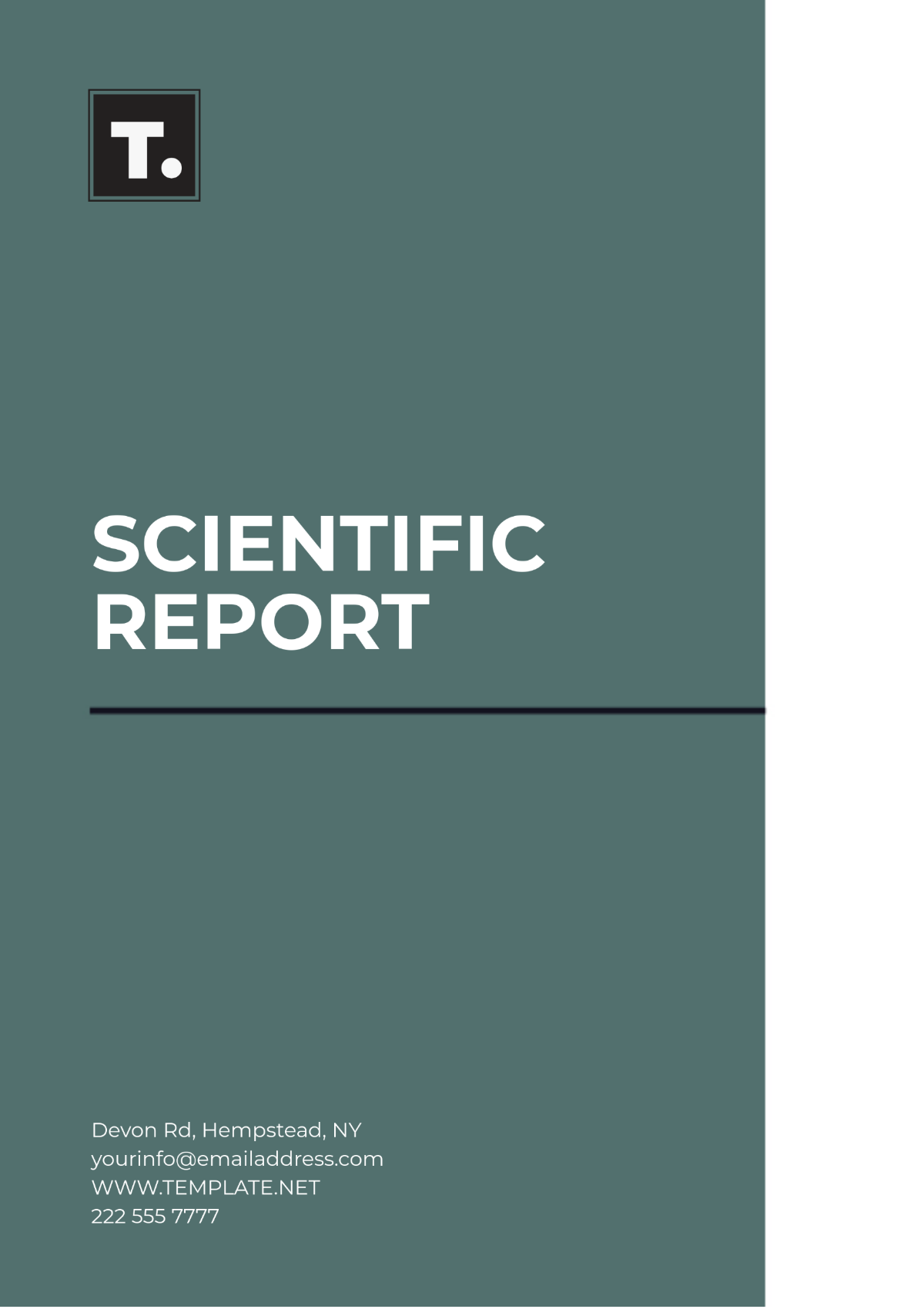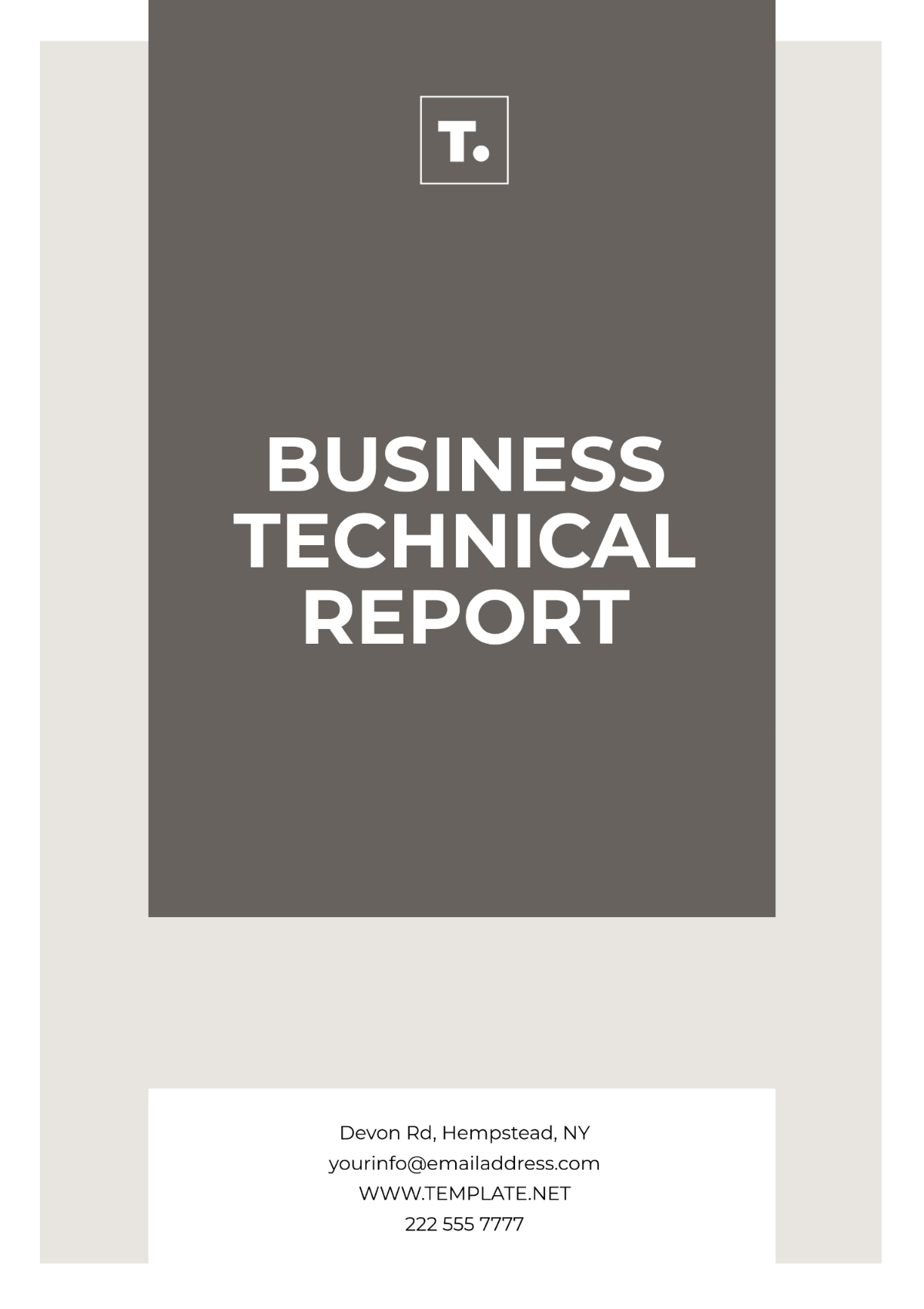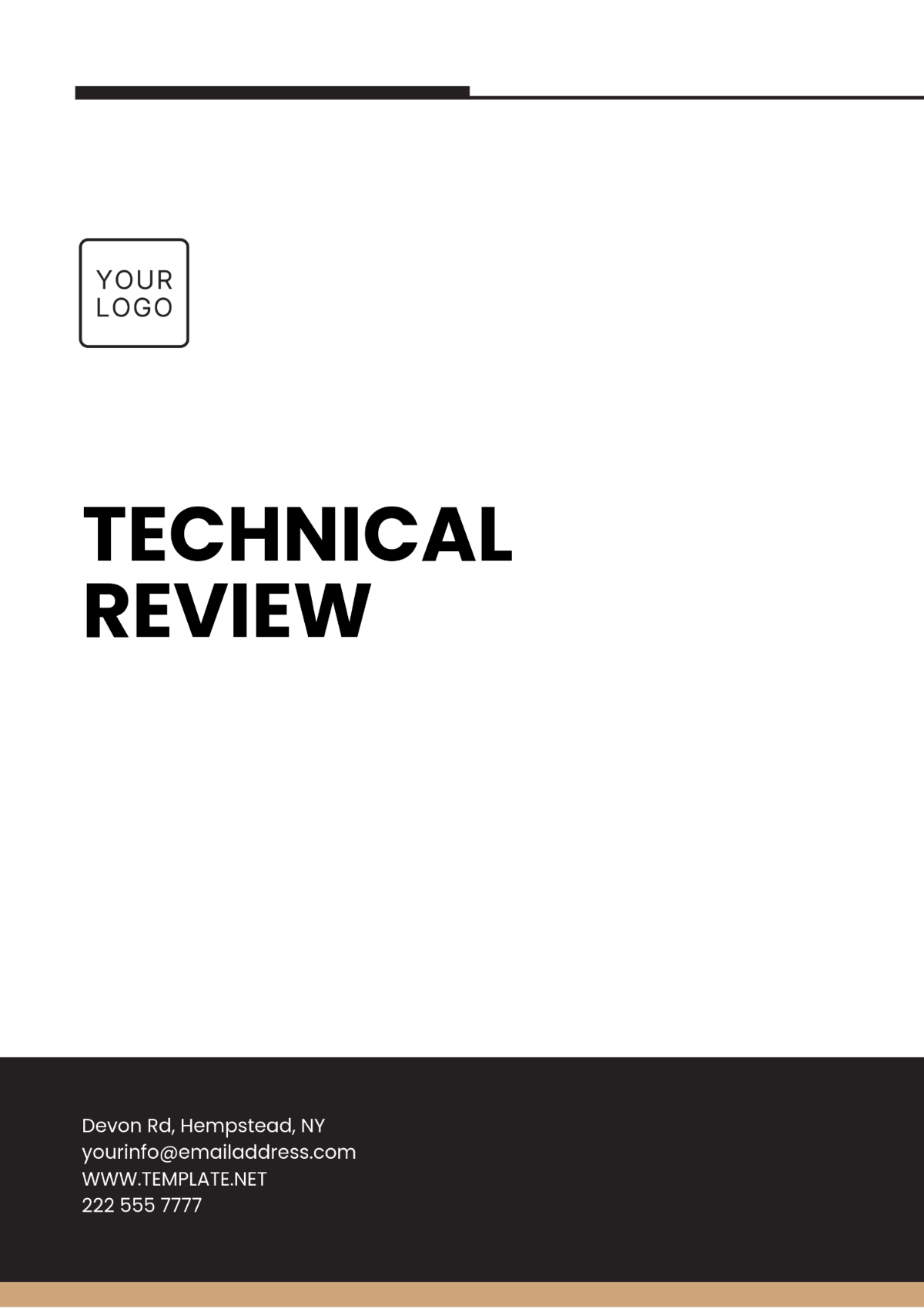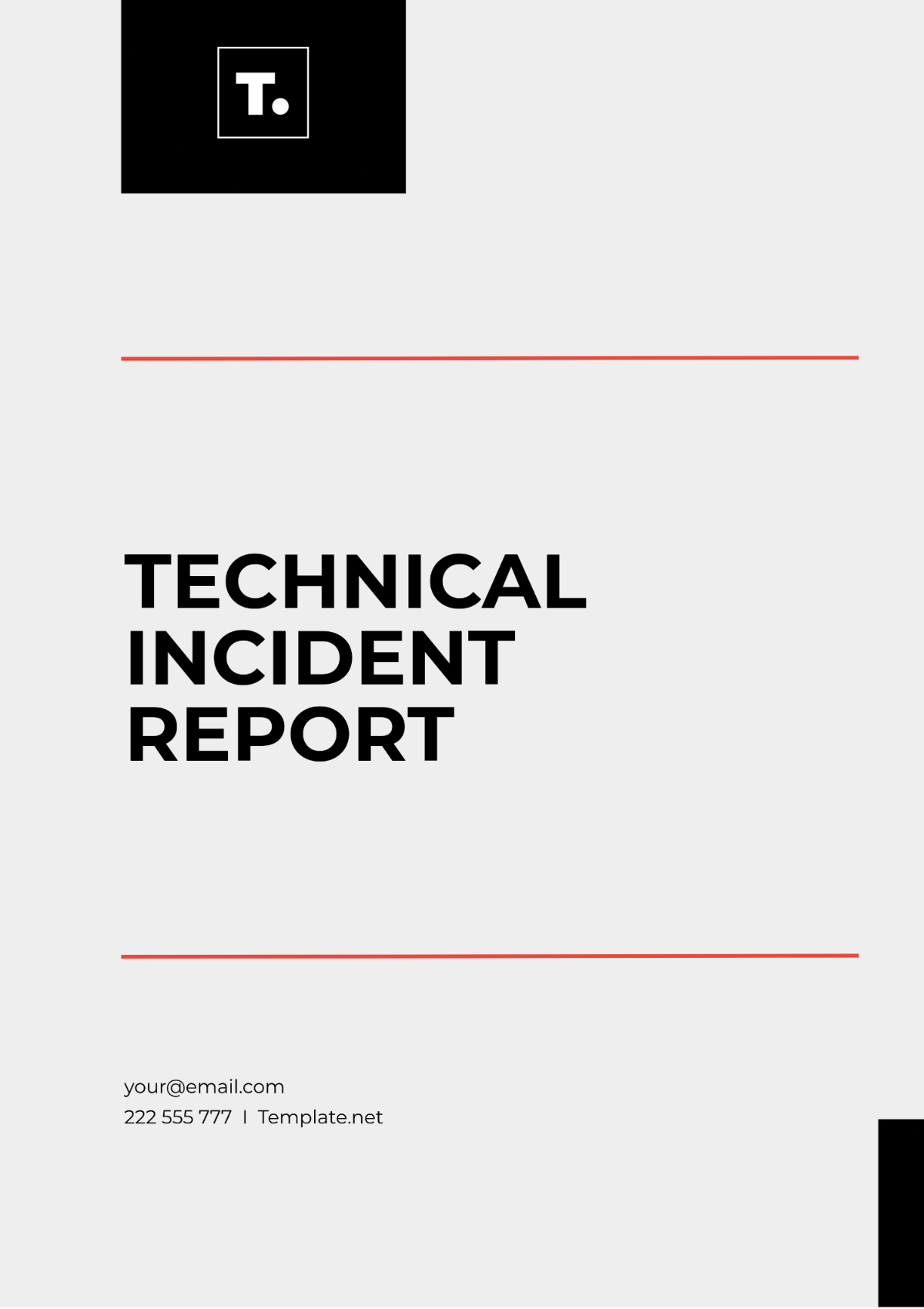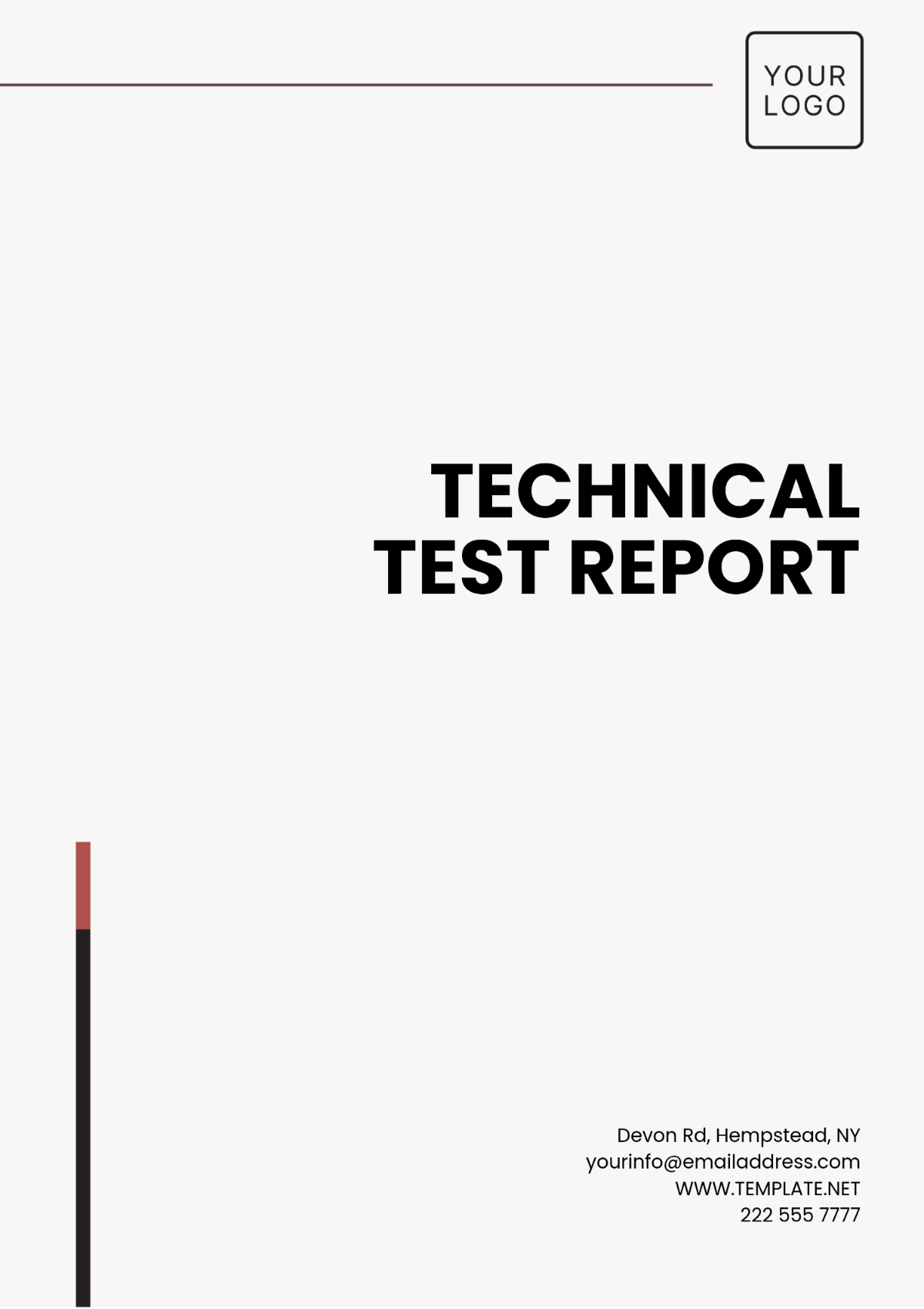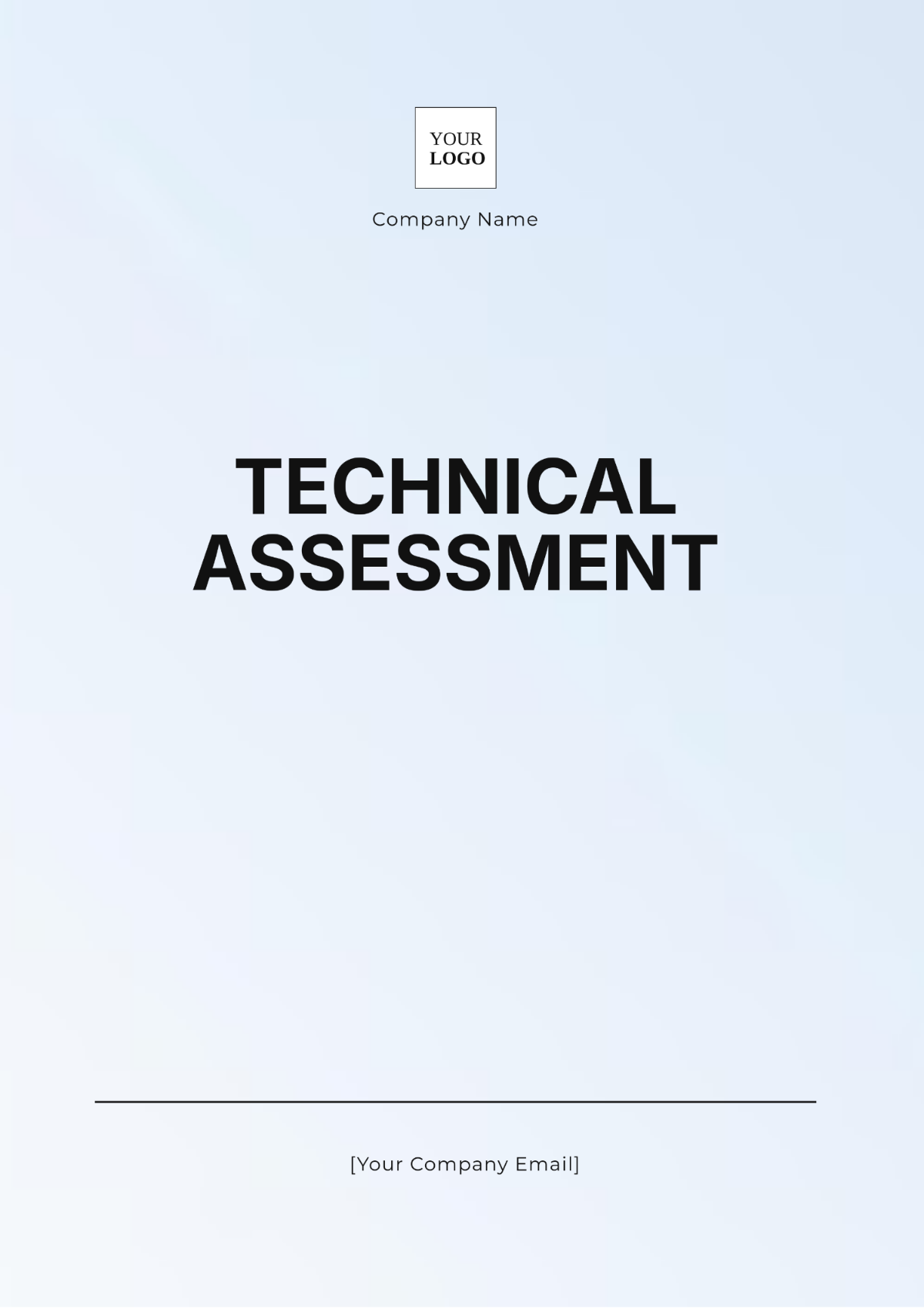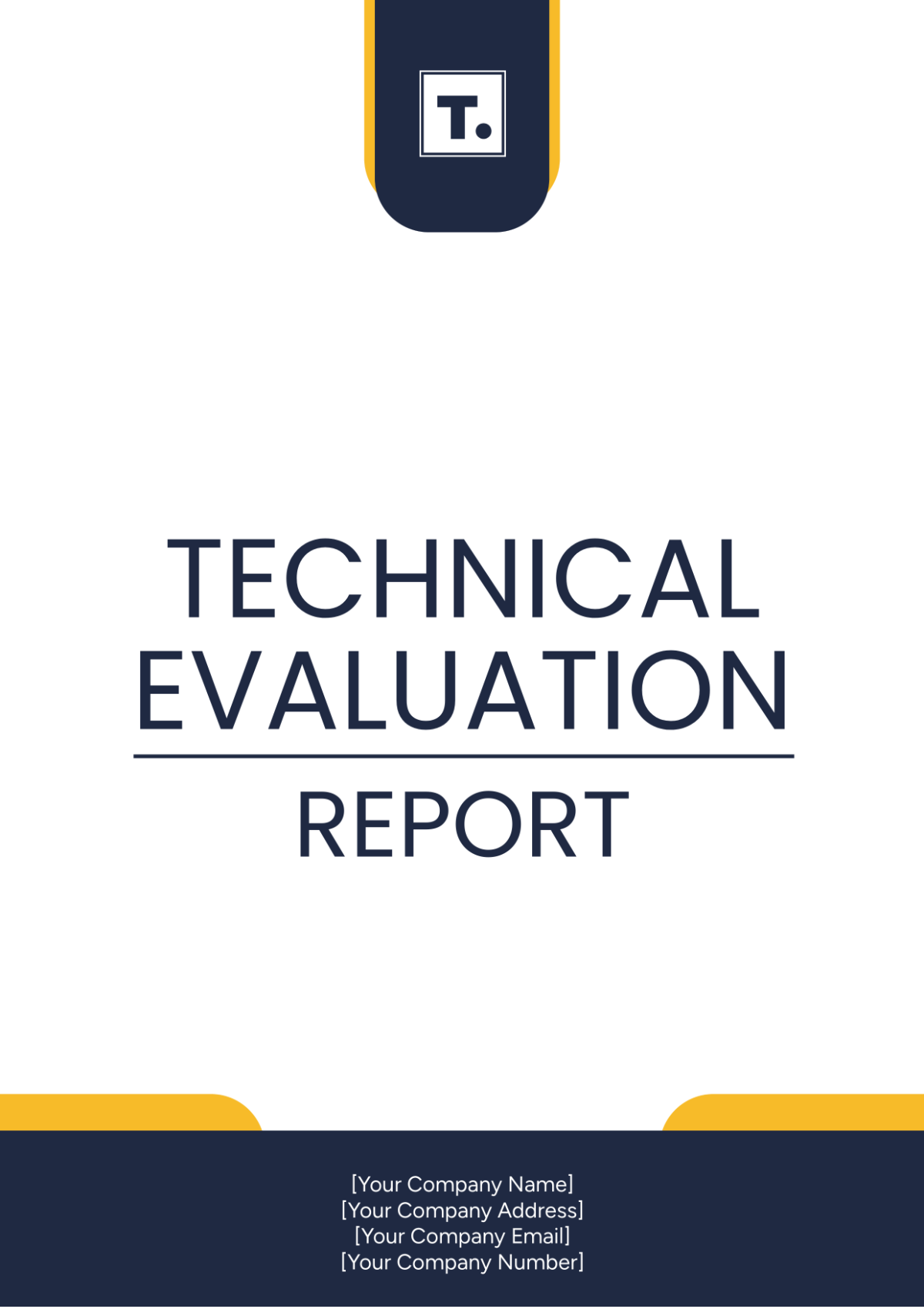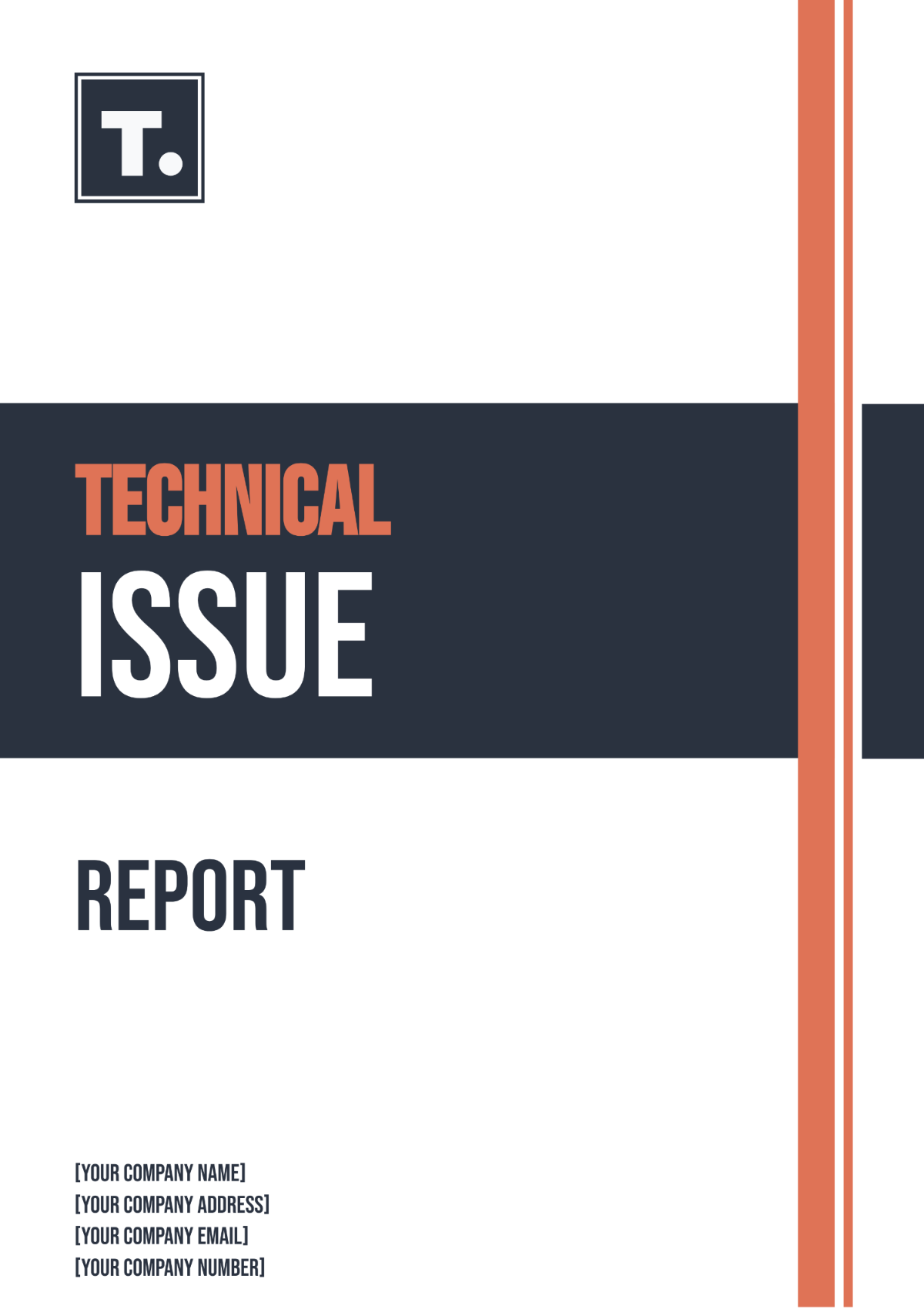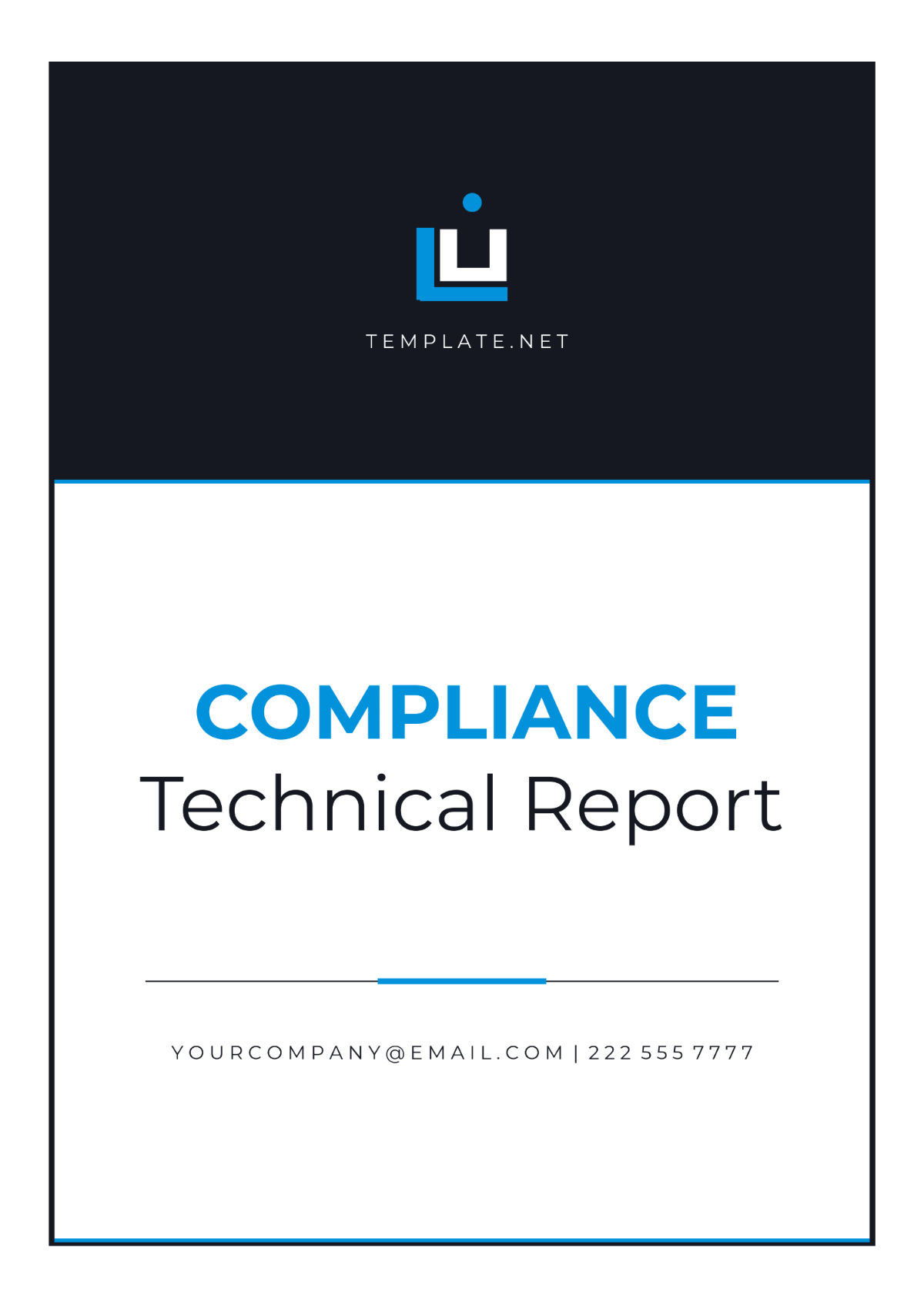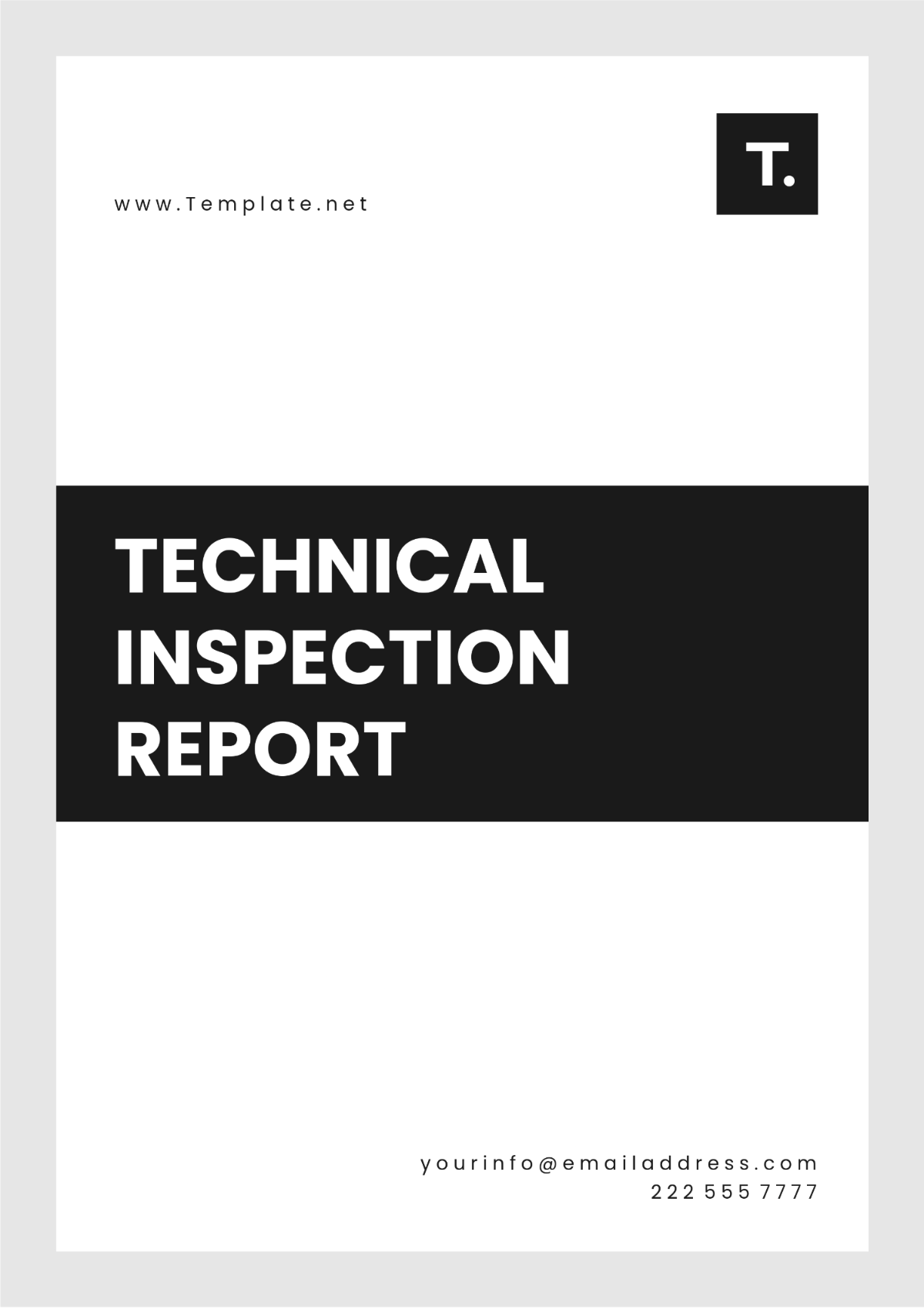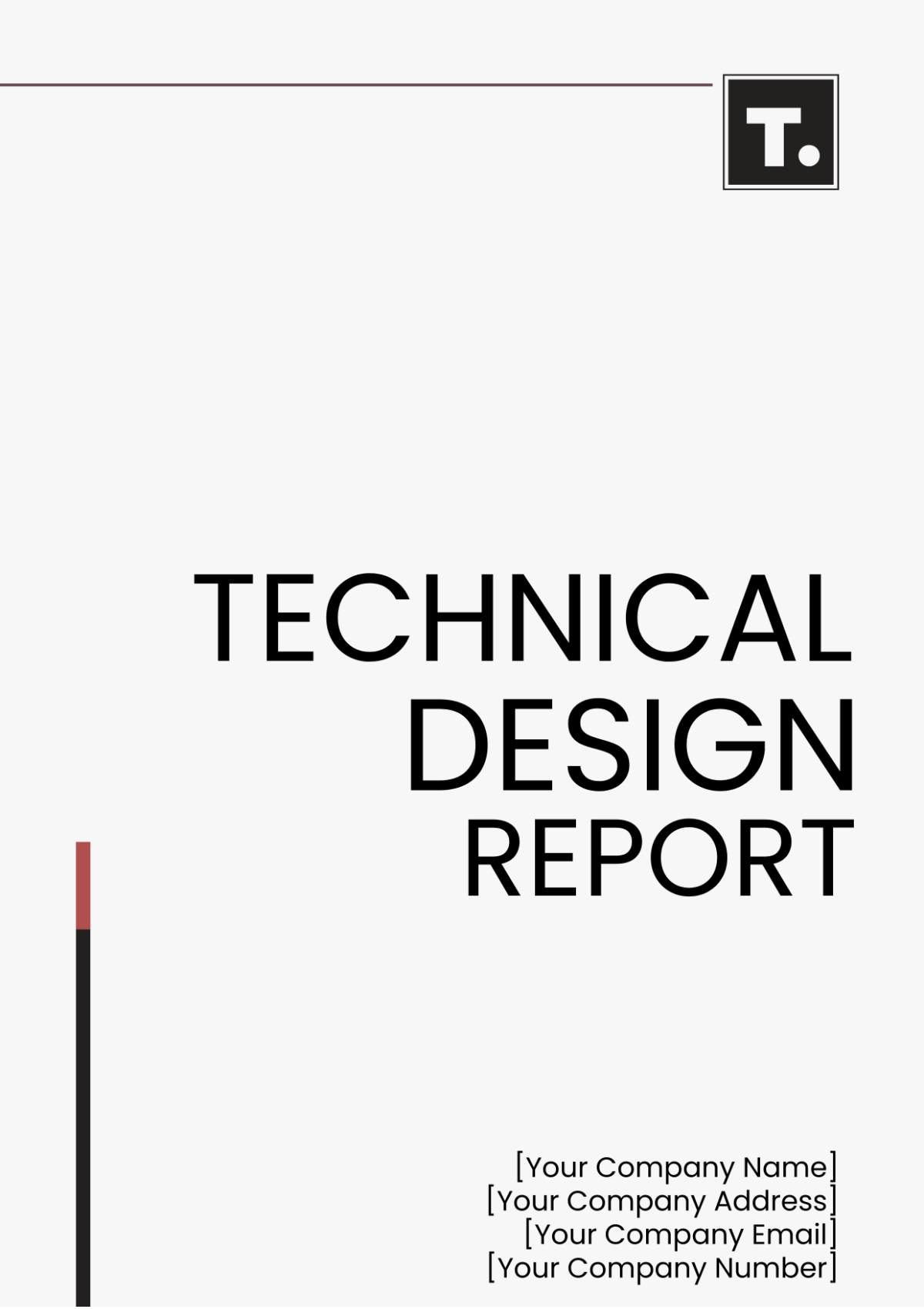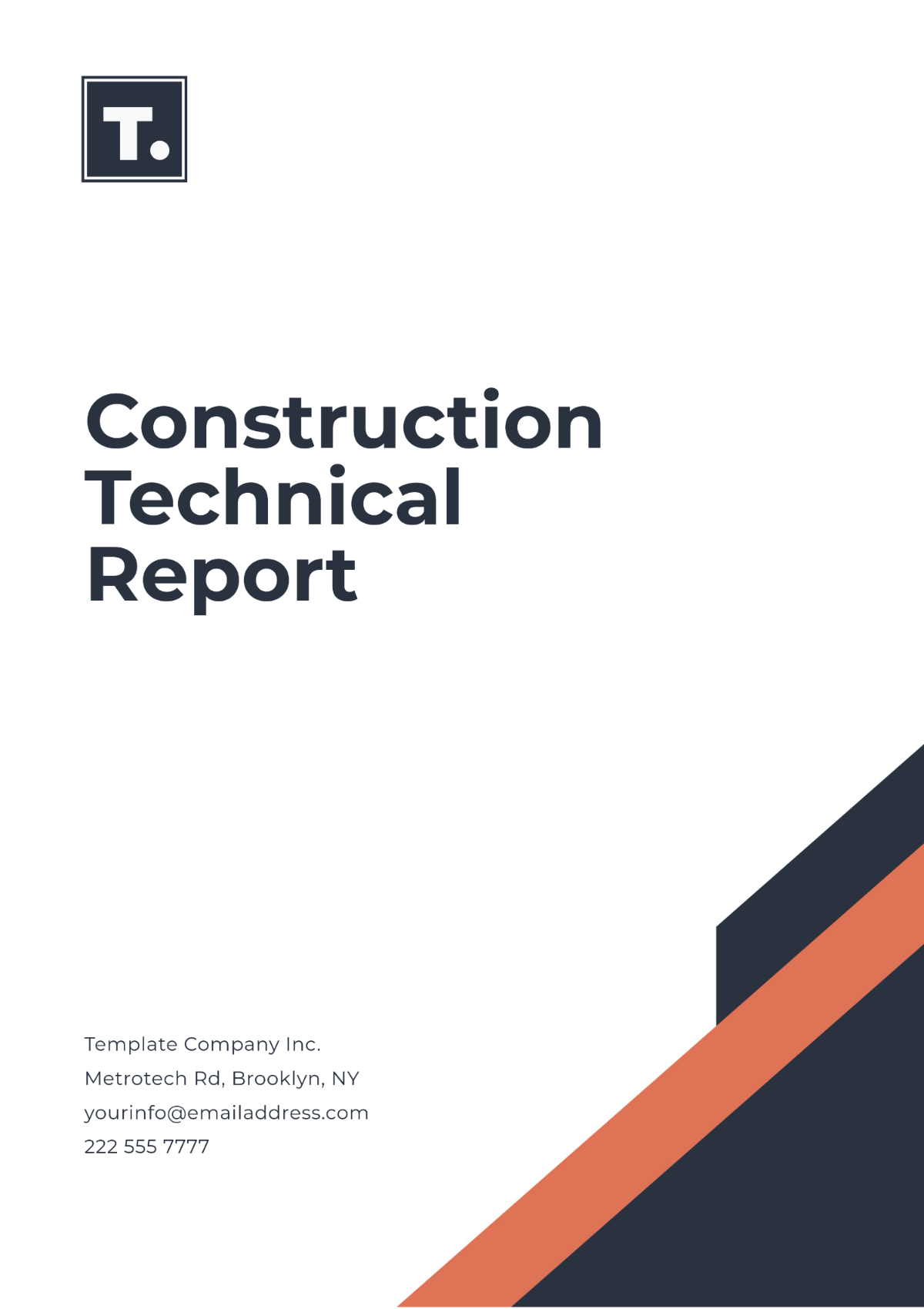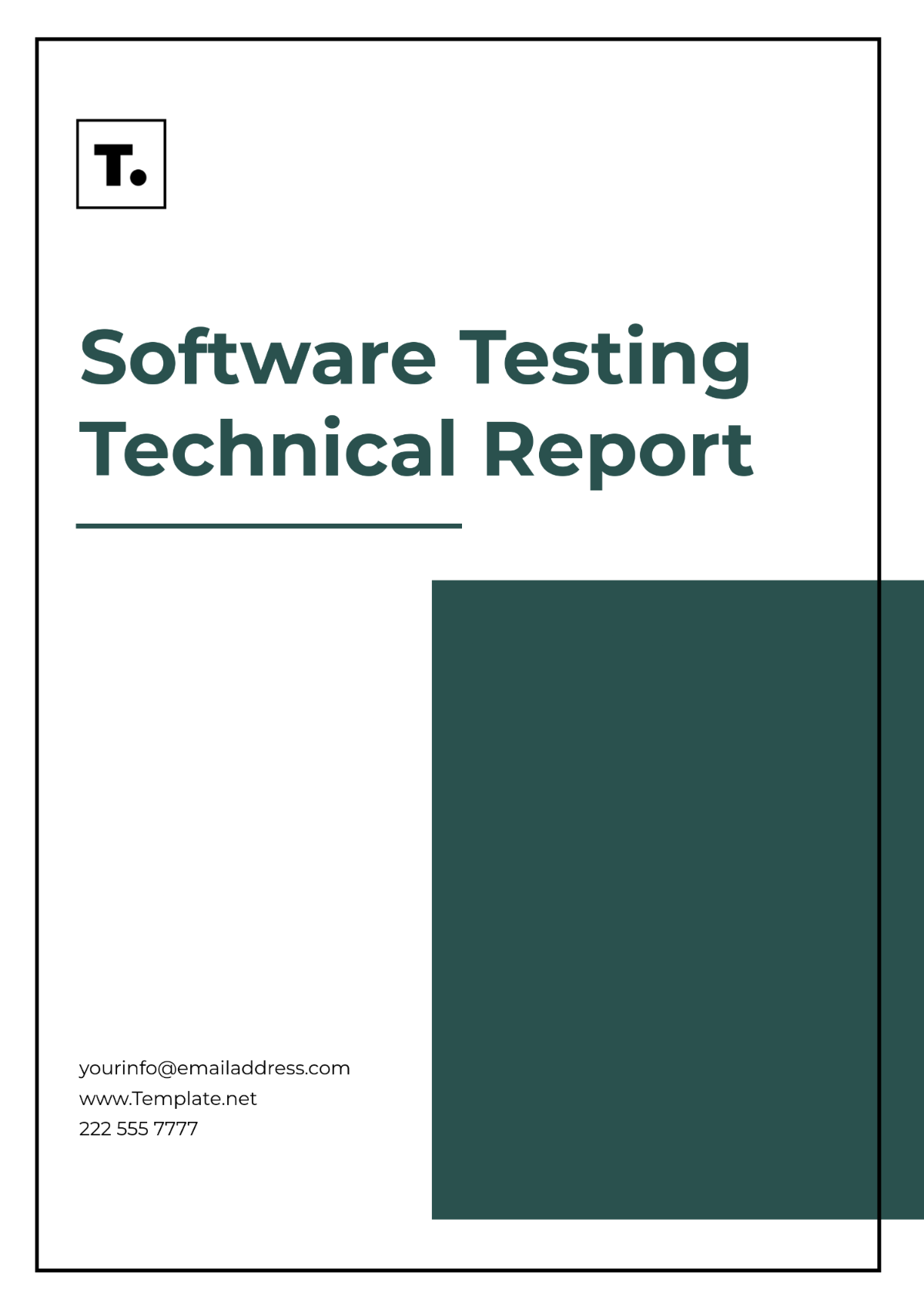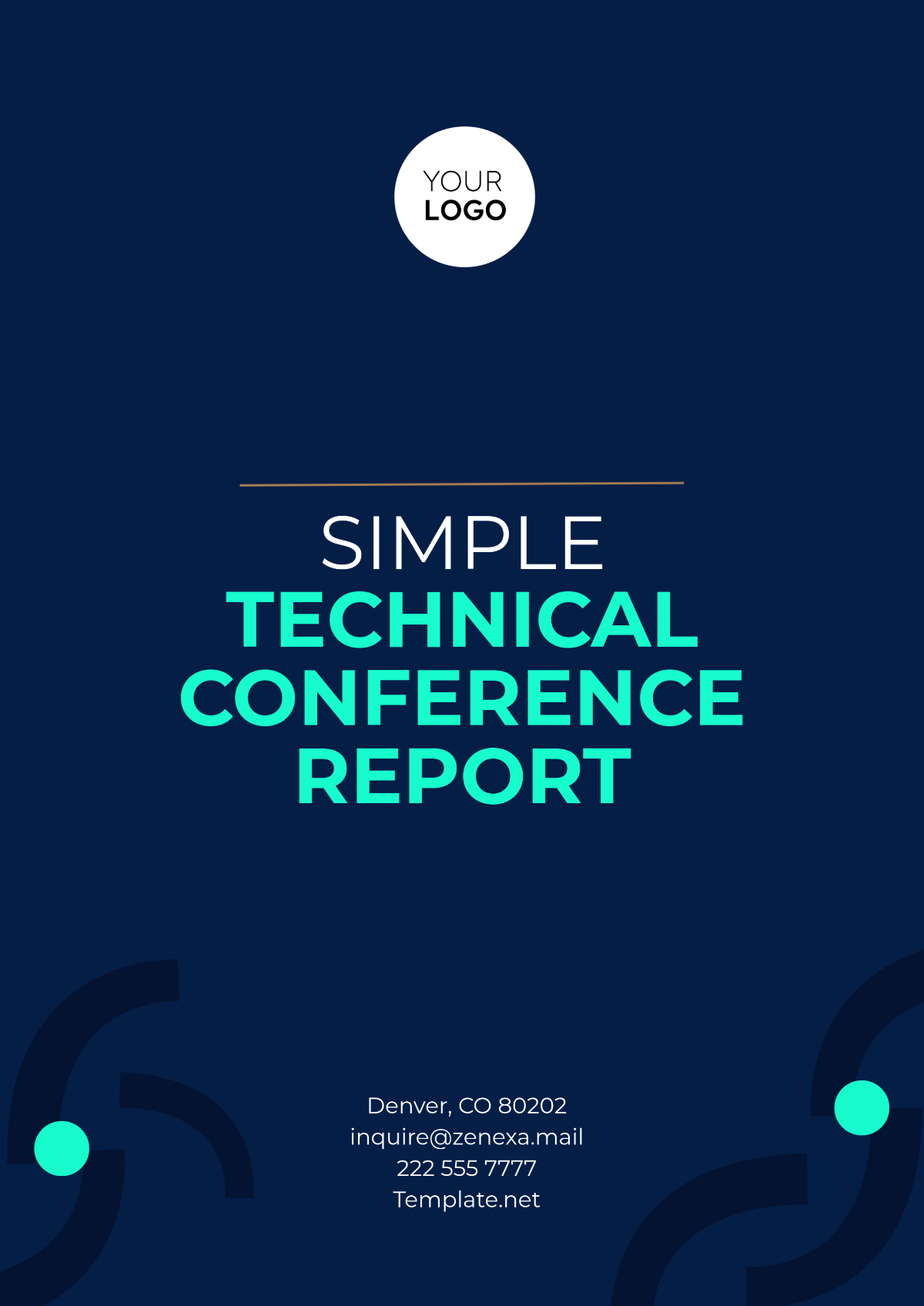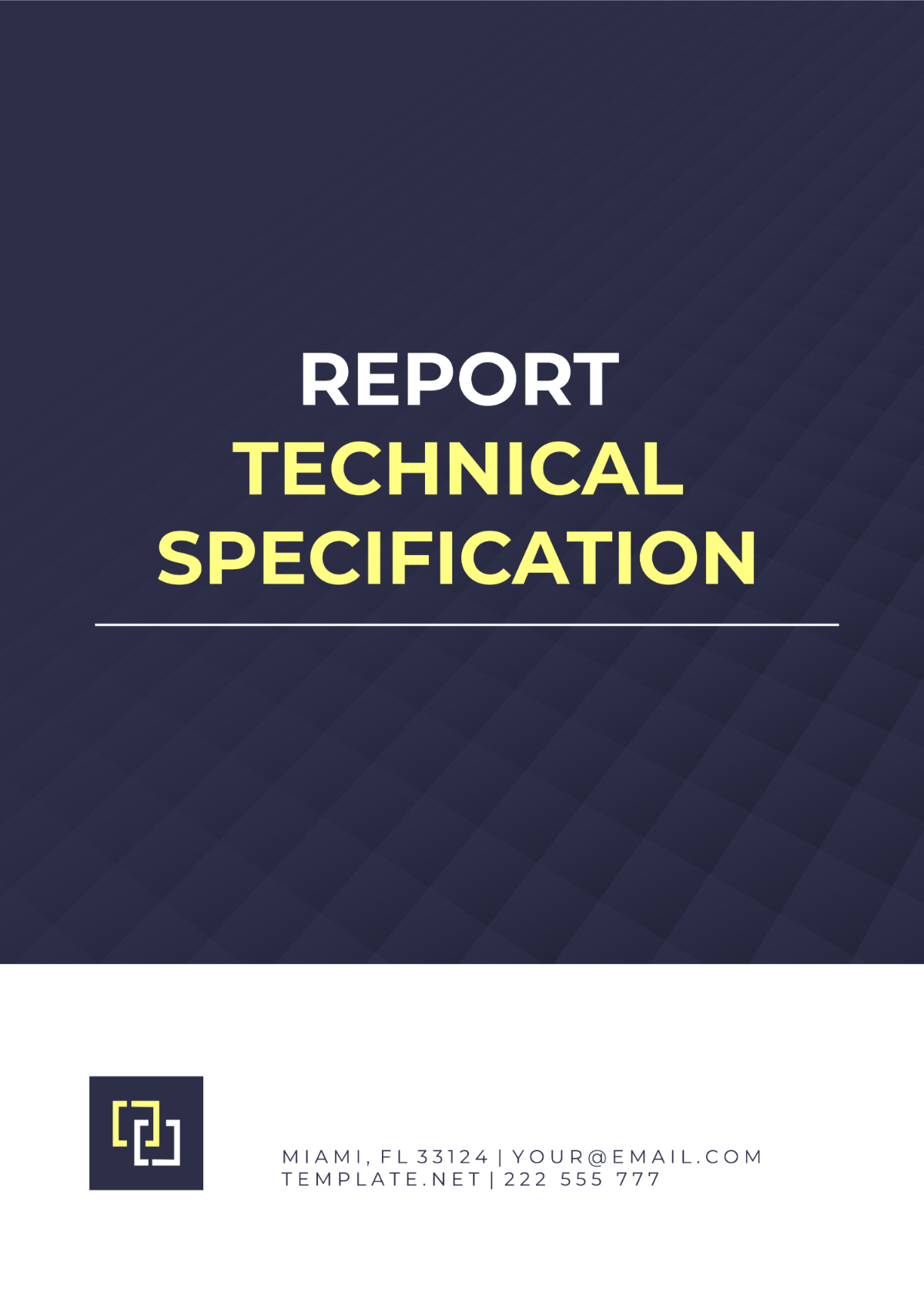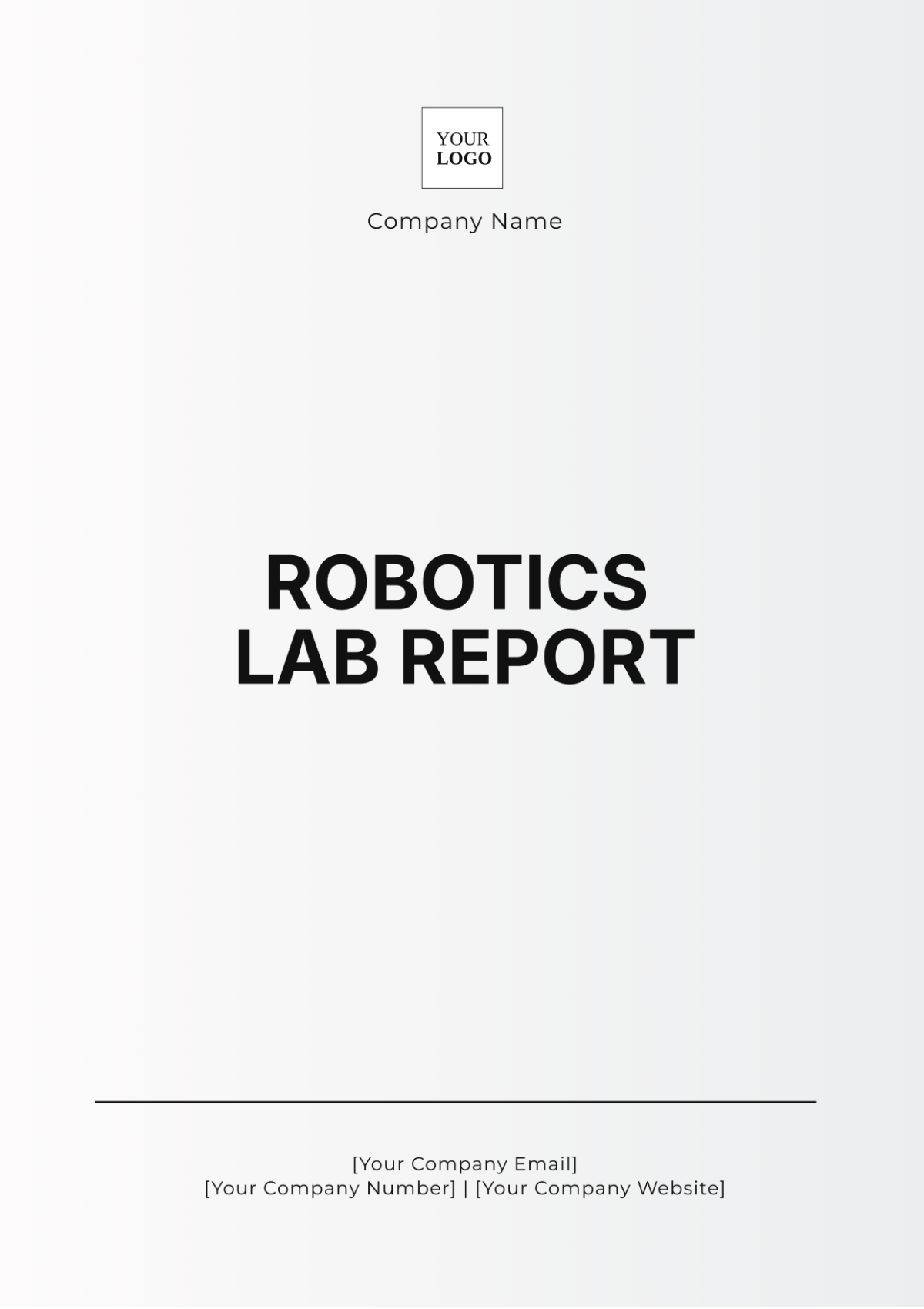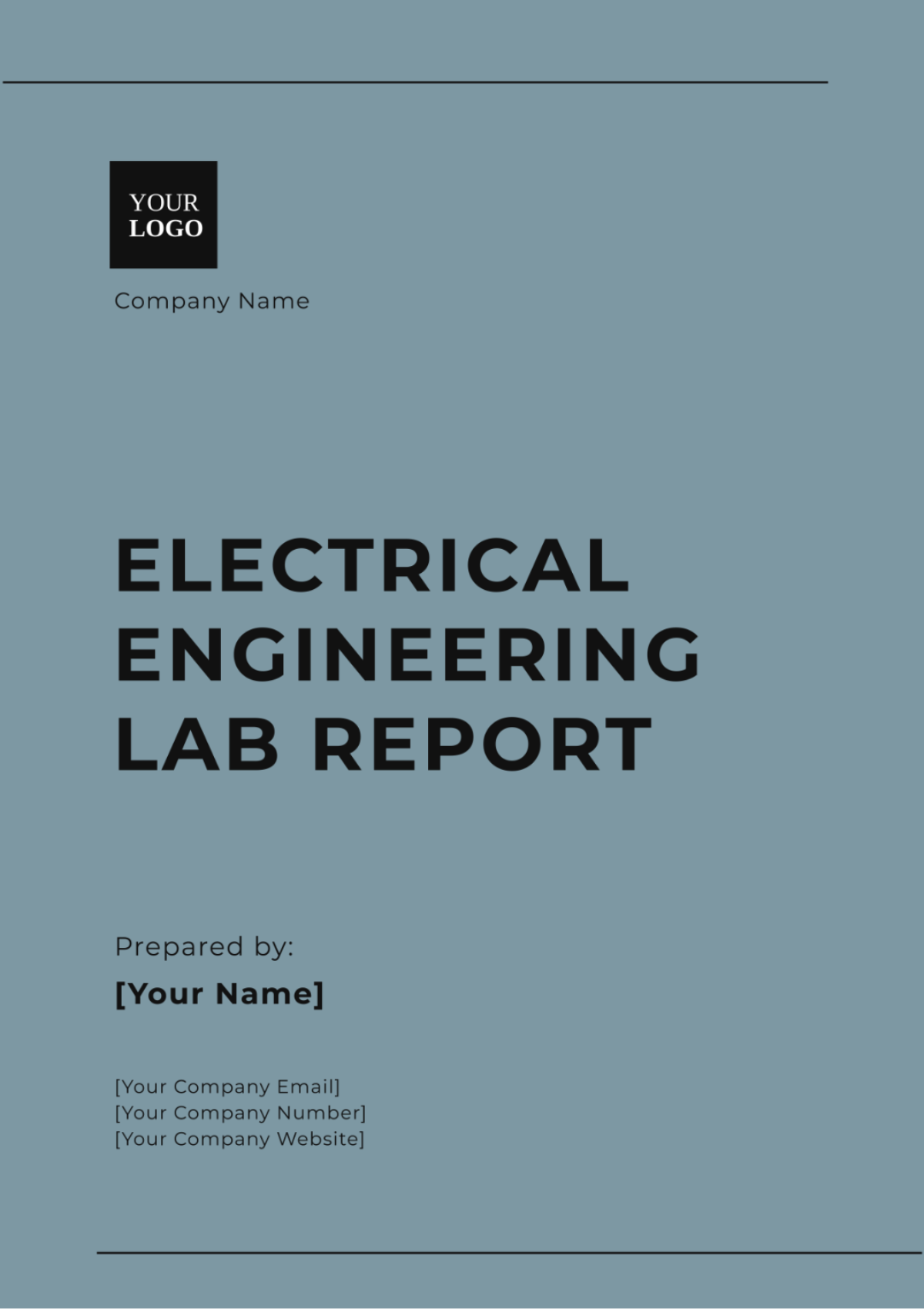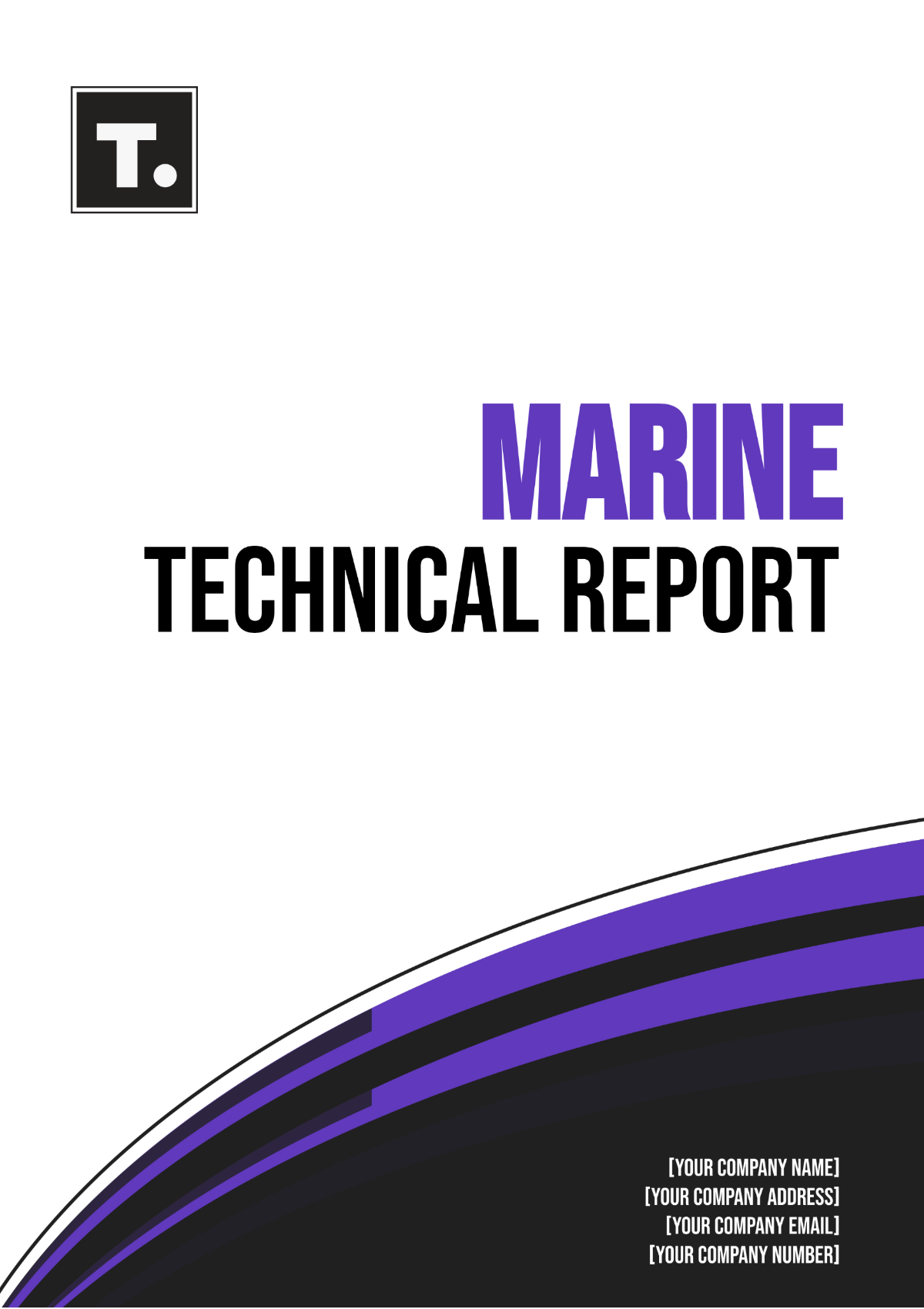Technical Feasibility Report
Reported by: [YOUR NAME]
I. Introduction
In response to the rapidly evolving technological landscape and the need to maintain competitiveness, [YOUR COMPANY NAME] has undertaken a comprehensive analysis of potential upgrades aimed at enhancing operational efficiency and meeting future demands. This Technical Feasibility Report serves to evaluate the feasibility of integrating advanced AI-driven automation tools across our infrastructure.
II. Scope and Objectives
The primary objectives of this feasibility study encompass:
Objective | Description |
|---|---|
Assess Technical Feasibility | Evaluate the integration of AI-driven automation tools into existing systems. |
Evaluate Benefits | Analyze potential efficiency gains, improved analytics, and cost savings through automation. |
Identify Risks | Identify and mitigate risks associated with technological adoption. |
III. Methodology
A. Data Collection
Data was gathered through:
Methodology | Description |
|---|---|
Stakeholder Interviews | Engaged key personnel across departments to understand current workflows and challenges. |
Technological Analysis | Conducted a thorough review of our current IT infrastructure and capabilities. |
Industry Best Practices | Benchmarked against industry leaders to identify emerging trends and technological advancements. |
B. Analysis
Our findings were meticulously analyzed to ascertain:
Analysis Aspect | Findings |
|---|---|
Technical Compatibility | AI-driven automation tools are compatible with existing IT architecture. |
Financial Implications | Initial investment justified by long-term savings and ROI projections. |
Operational Impact | Minimal disruption expected; enhanced productivity and scalability identified. |
IV. Findings
A. Technical Feasibility
Based on our comprehensive analysis, AI-driven automation tools, including machine learning algorithms for data processing and predictive analytics, are indeed technically feasible within the current framework of [YOUR COMPANY NAME]. These tools demonstrate robust compatibility with our IT architecture and present substantial opportunities for streamlining processes and enhancing decision-making capabilities.
B. Financial Feasibility
Our financial analysis indicates that while there will be initial investment costs associated with acquiring and integrating AI-driven automation tools, the long-term benefits significantly outweigh these expenses. Anticipated cost savings in labor efficiency and operational optimization justify the upfront investment, promising a favorable return on investment over the projected lifespan of the technology.
C. Operational Feasibility
Operationally, AI-driven automation tools promise seamless integration into existing workflows with minimal disruption. Their implementation is expected to enhance productivity by automating repetitive tasks, allowing personnel to focus on strategic initiatives and value-added activities. Moreover, the scalability of these tools ensures adaptability to future growth and technological advancements.
V. Recommendations
Based on the robust findings and analysis presented in this report, [YOUR COMPANY NAME] recommends proceeding with the phased implementation of AI-driven automation tools across relevant departments, starting with a pilot project in the Customer Support Department by Q3 2051. This phased approach will enable iterative refinement and optimization, ensuring maximum benefits while mitigating risks associated with large-scale deployment.
VI. Conclusion
In conclusion, the Technical Feasibility Report underscores AI-driven automation tools as a transformative opportunity for [YOUR COMPANY NAME] to achieve technological leadership and operational excellence in a competitive market landscape. By leveraging these advanced technologies strategically, we position ourselves not only to meet current operational challenges but also to pioneer innovative solutions that drive sustained growth and customer satisfaction.
